Bukhara
The high-speed train Afrosiyob runs along the route Tashkent — Samarkand — Bukhara. I have read a lot of criticism about it, but it seems to be decent. It is possible to travel from Samarkand to Bukhara in less than 2 hours.
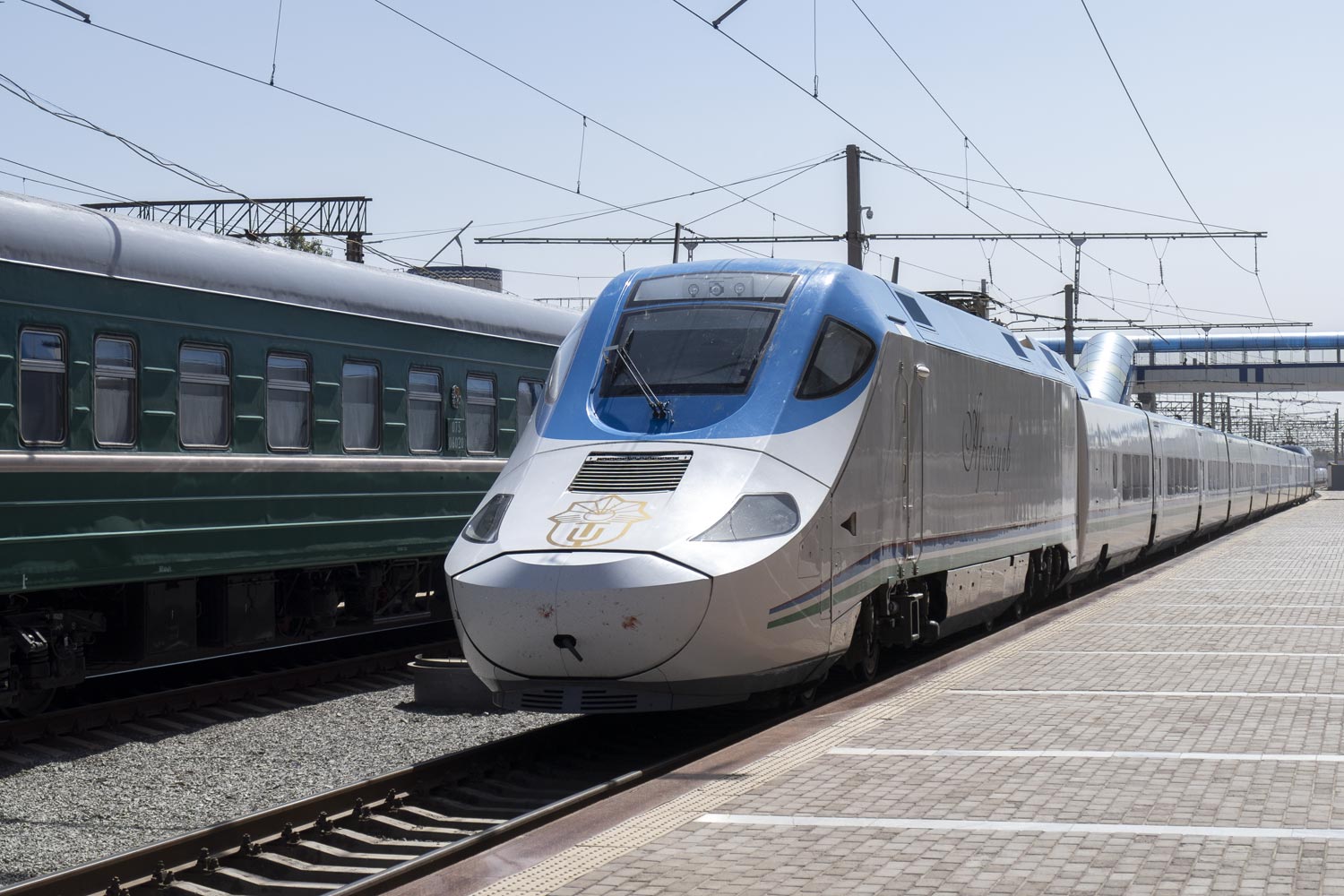
Bukhara is another beautiful city in Uzbekistan. I would describe it as a compact version of Samarkand. It is possible to explore Bukhara in a few hours.
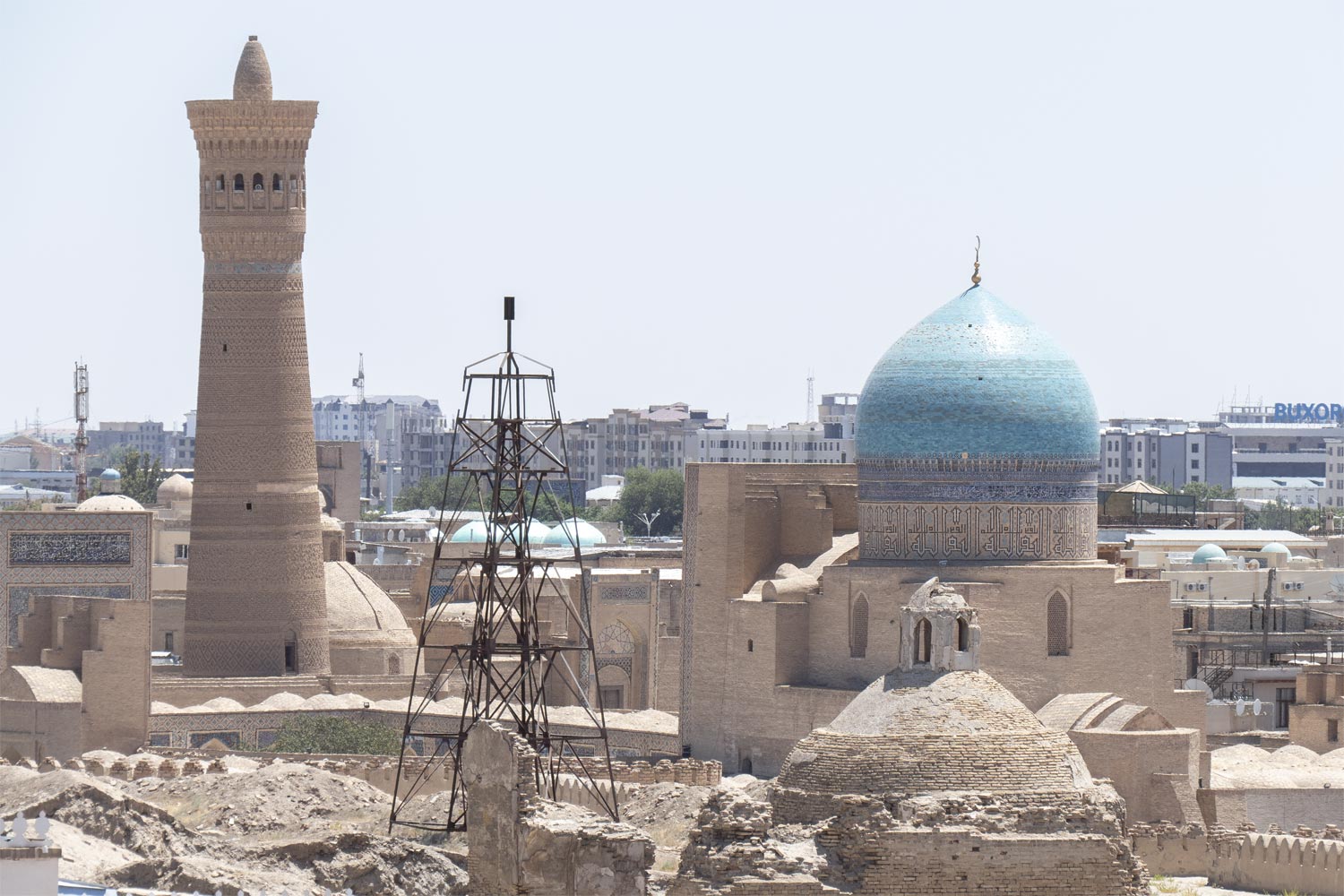
Like Samarkand, Bukhara is an exceptionally ancient city founded in the -6th century. The Great Silk Road passed through Bukhara, just like it did through Samarkand. For a whopping 420 years, Bukhara was the capital of an independent state called first the Bukhara Khanate and later the Bukhara Emirate.
In the center of Bukhara, there is an ancient fortress that began as a mansion but grew into a massive citadel in the 5th century. It underwent numerous expansions and reconstructions over time. The main part of Bukhara was located inside this citadel, similar to how European cities were enclosed within fortress walls.
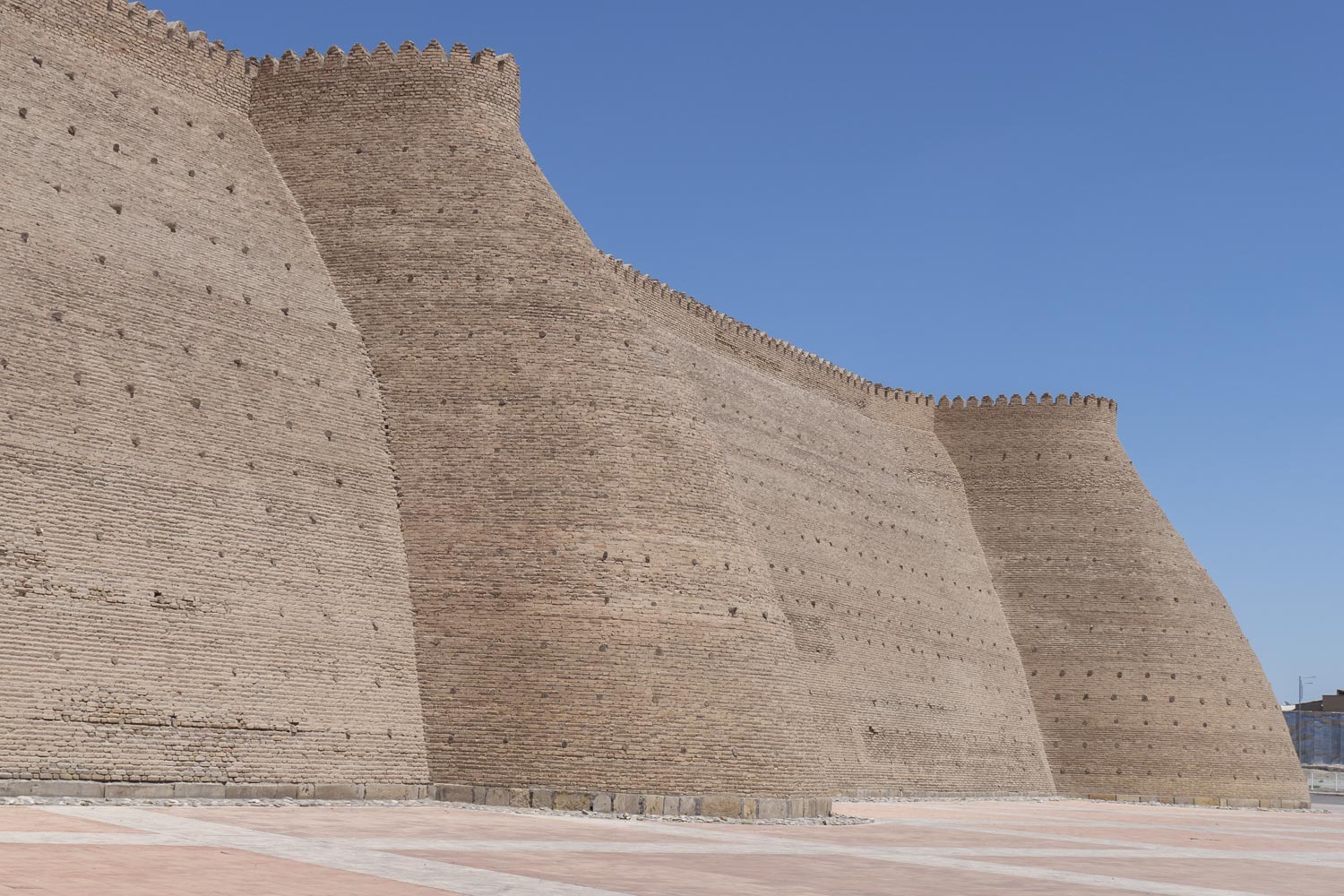
At that time, Bukhara was not yet Islamic, and Islam itself did not exist. The inhabitants of Bukhara practiced different religions: Buddhism, Manichaeism, Zoroastrianism. There was also a Christian church in Bukhara.
When the Arab Caliphate was born in the 8th century and conquered vast territories up to modern-day Kyrgyzstan, Bukhara became part of it. In 712, Arabs built the first mosque on the site of one of the Zoroastrian temples. This marked the beginning of the Islamic history of the city, although the citadel and its contents were repeatedly destroyed by conquerors, including Genghis Khan.
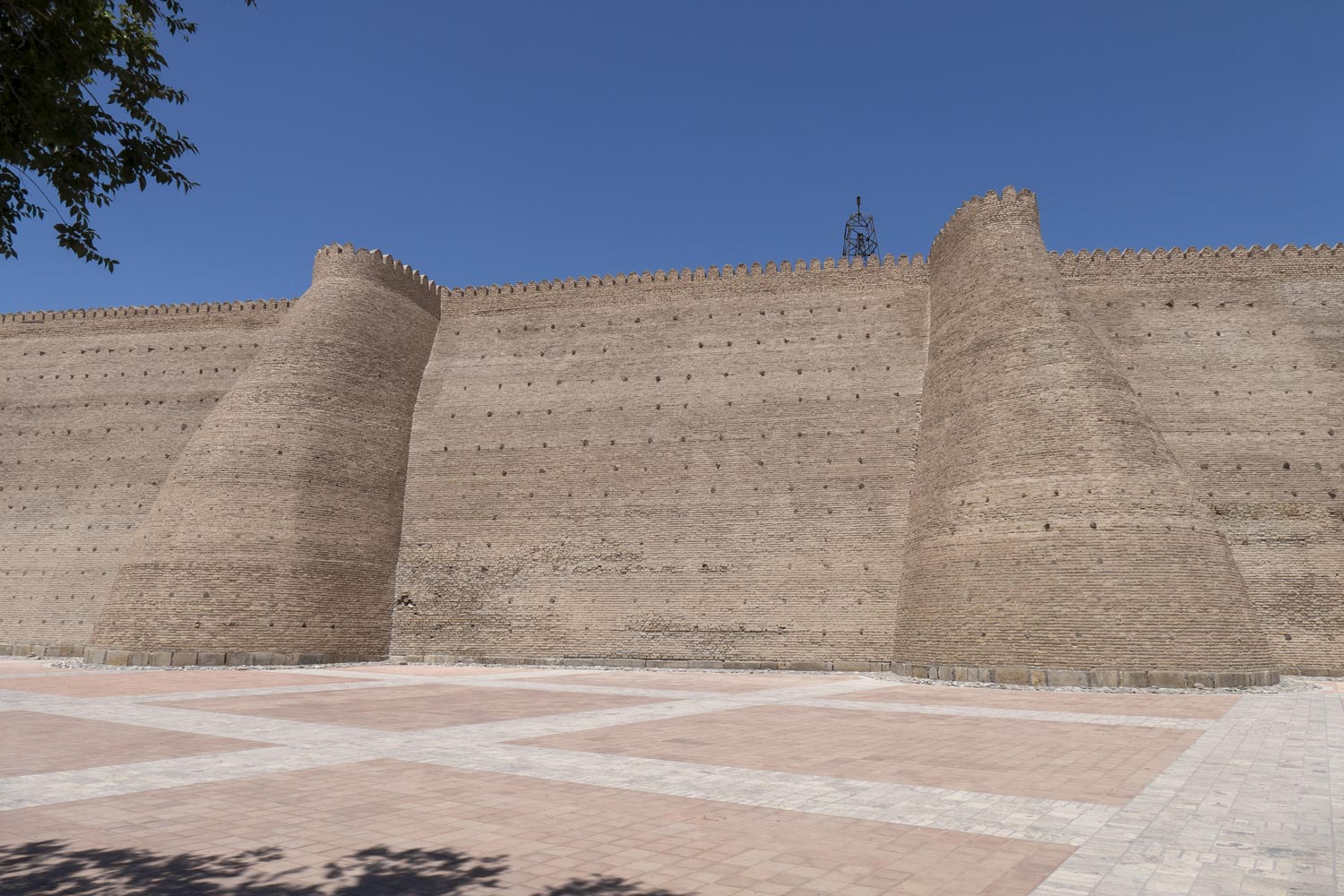
Reader may have heard the term “Golden Age of Islam.” It refers to the flourishing of science in the Arab Caliphate. Bukhara was one of the centers of this blossoming era. Great physician Avicenna and philosopher-poet Omar Khayyam lived and worked here.
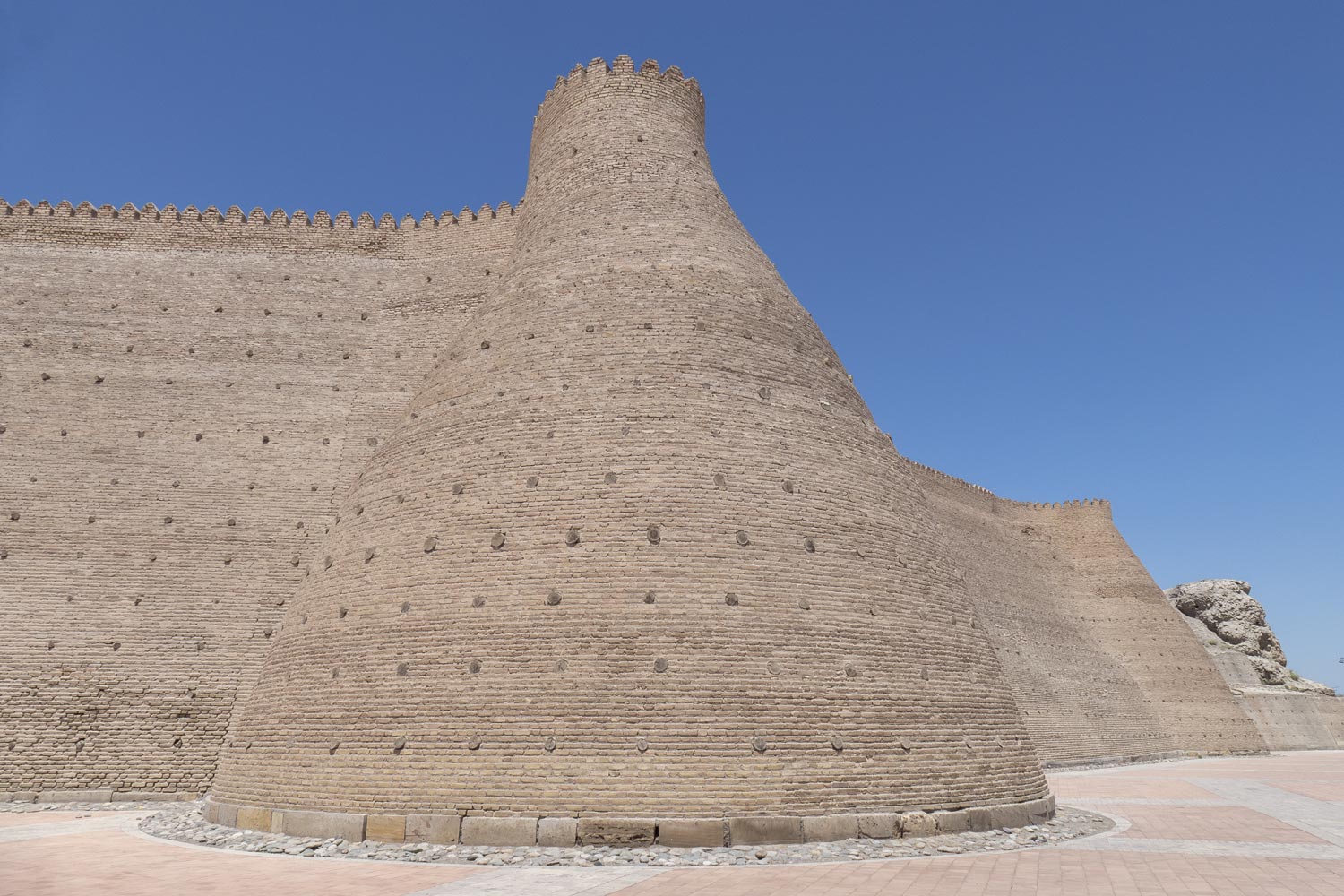
Many years later, in the 19th century, the Bukhara Emirate became part of the Russian Empire, only to regain independence shortly after the 1917 revolution.
Throughout its history, Bukhara has witnessed numerous rulers who destroyed and reshaped the city. The most brutal must have been Genghis Khan, but his invasion was too long ago to discuss now. However, a more recent tragedy occurred — the invasion of the Bolsheviks.
In the summer of 1920, the army of the Red terrorist Frunze launched an air raid on Bukhara. The ancient citadel was bombarded until the fortress defense capitulated. By that time, half of the fortress walls, now part of the UNESCO heritage, had been leveled to the ground. The surviving walls had gaping holes in them.
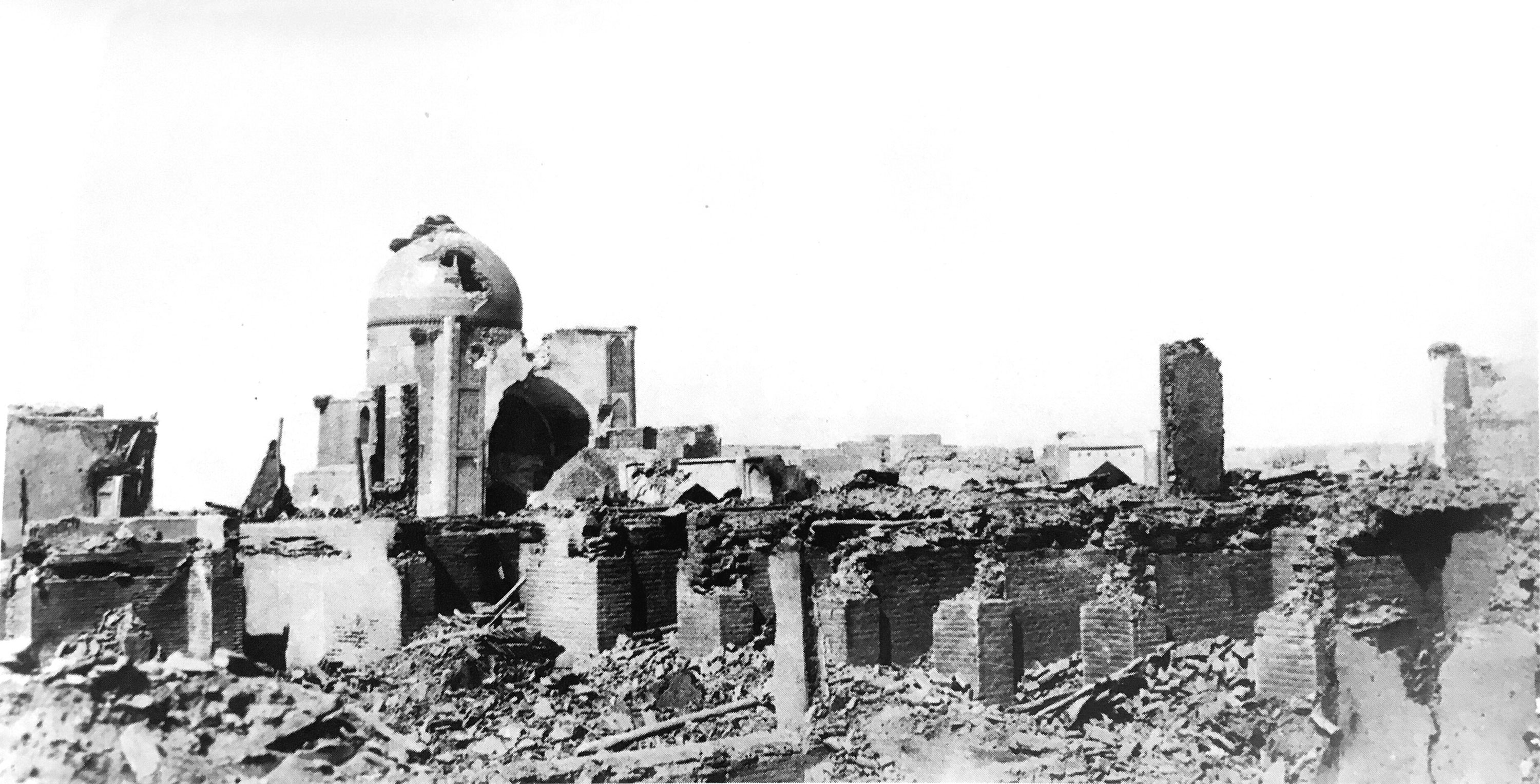
In addition to the fortress, the Bolsheviks destroyed or disfigured ancient mosques, including the first mosque of Bukhara.
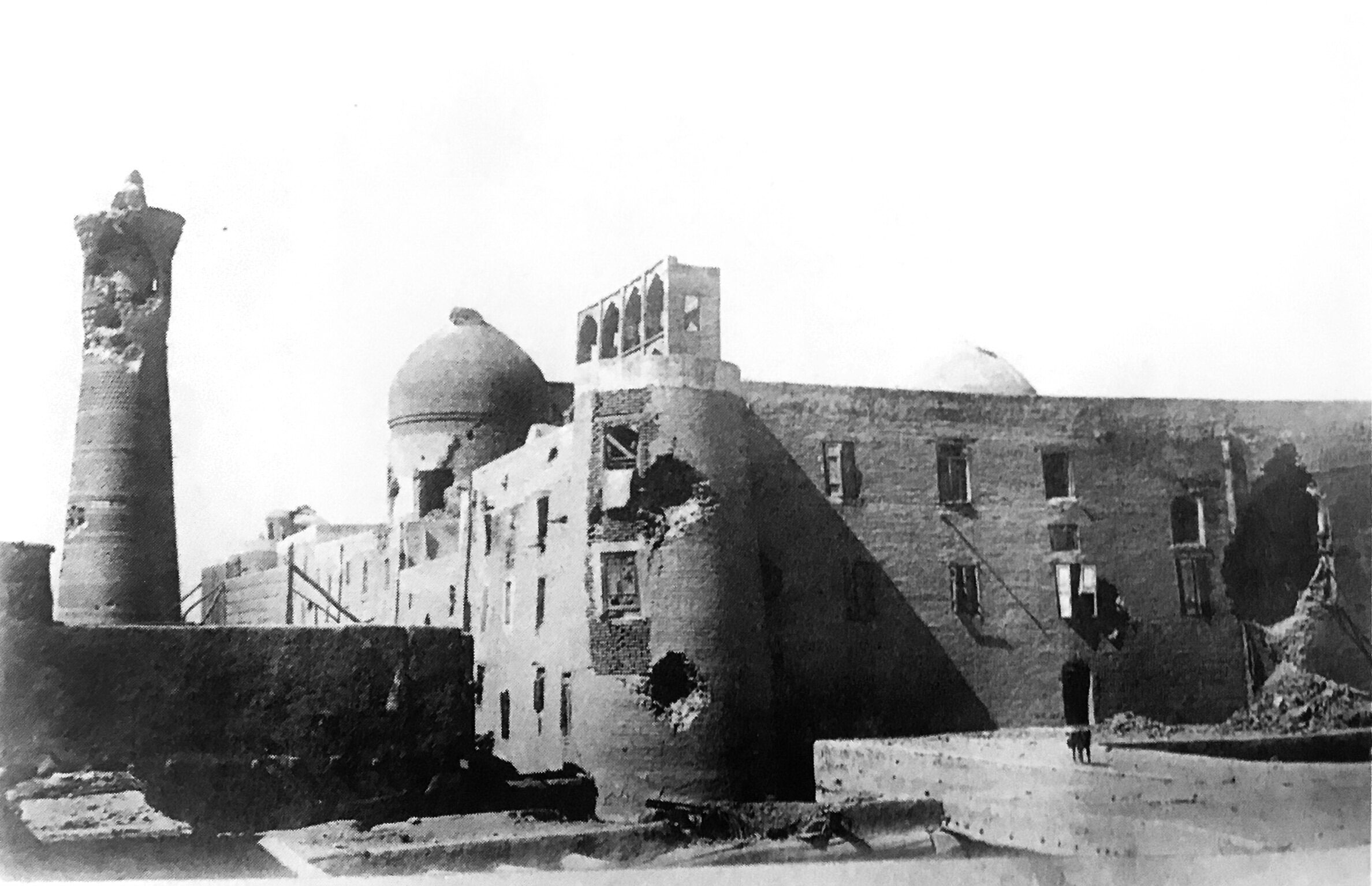
Only on one day of the so-called “Bukhara operation,” terrorists killed 2,000 civilians, and the total casualties are estimated to be around 5,000 people, including military personnel.
As always in Russia, terrorism was justified by noble goals. Frunze defined the objective of his special operation as “revolutionary fraternal assistance to the people of Bukhara in their struggle against the despotism of the Bukhara autocrat.”
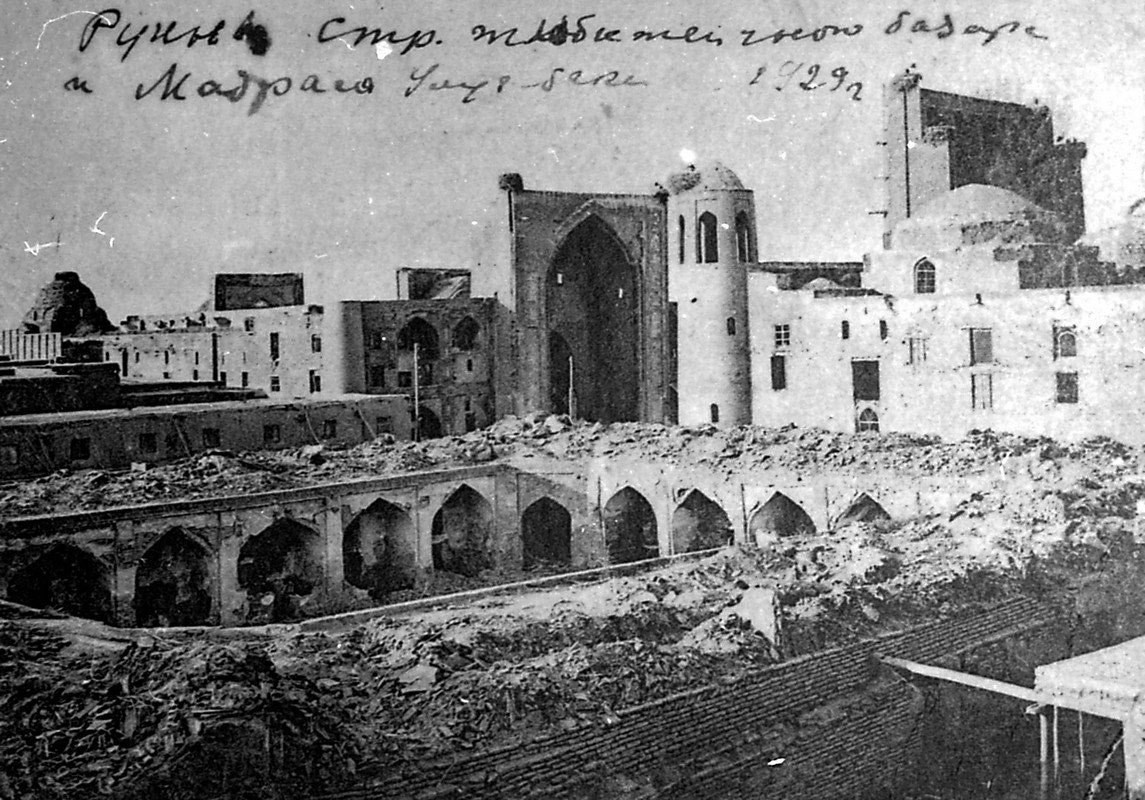
After the occupation of Bukhara, the Bolsheviks plundered the destroyed city, exporting valuables, gold, and historical treasures to Petrograd.
The last emir of Bukhara, Said Alim Khan, fled to Afghanistan. Reader may not have heard this name, but many have seen his photograph taken by Prokudin-Gorskii, the inventor of color photography.
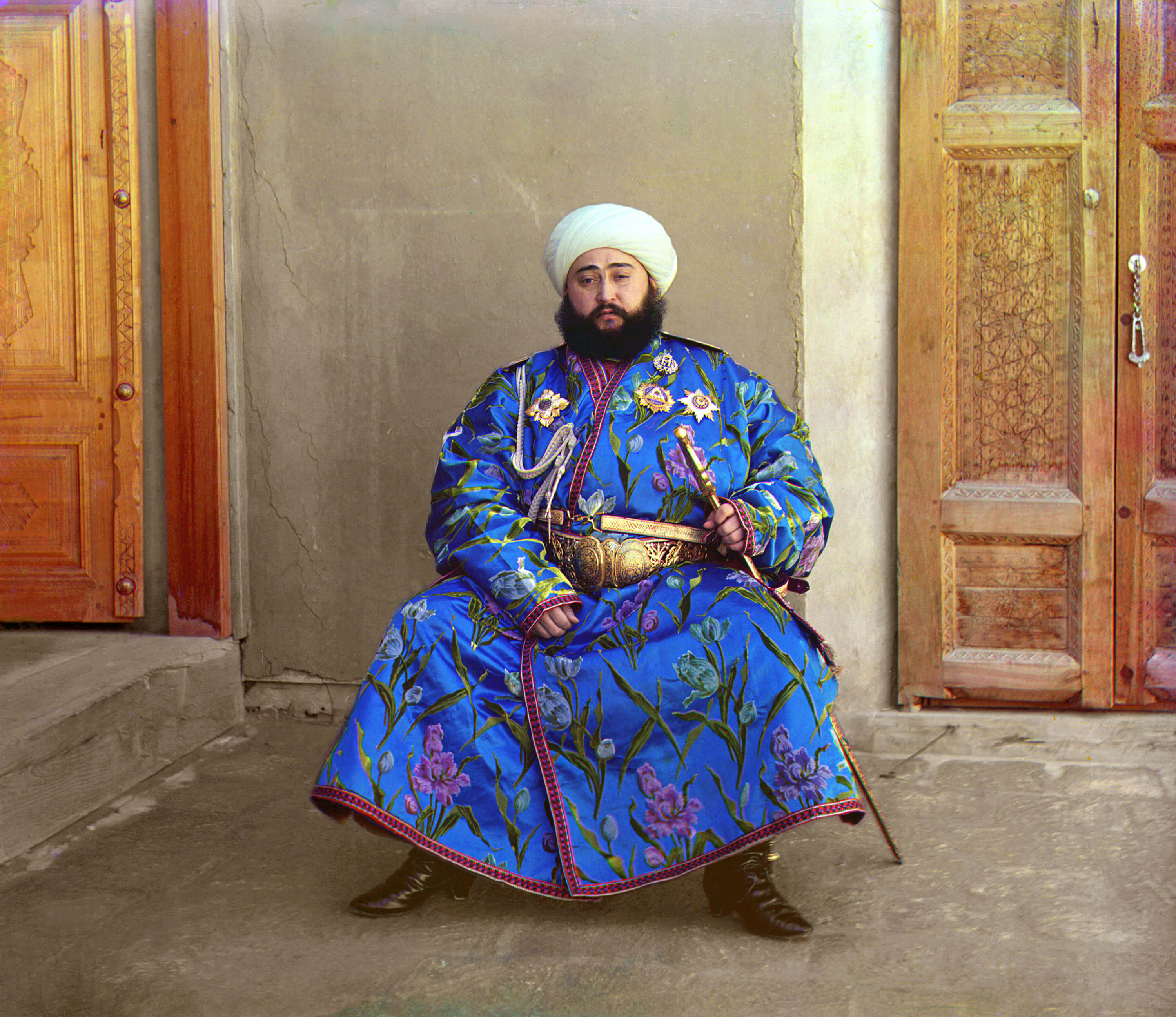
It was a hundred years ago, but since then, the center of Bukhara has changed very little.
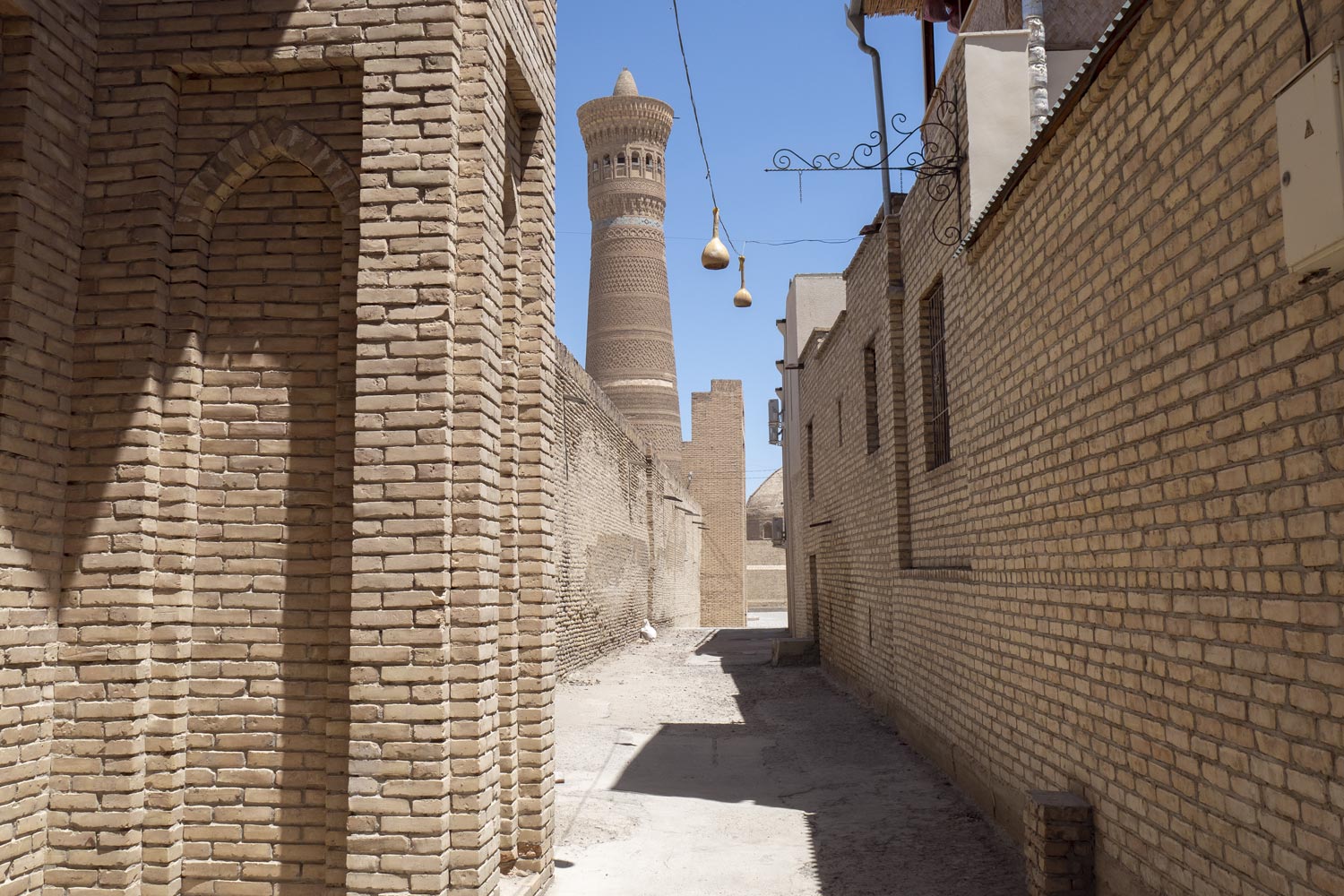
The fortress wall has been restored, and the minaret of the Kalyan Mosque has been patched up and repaired.
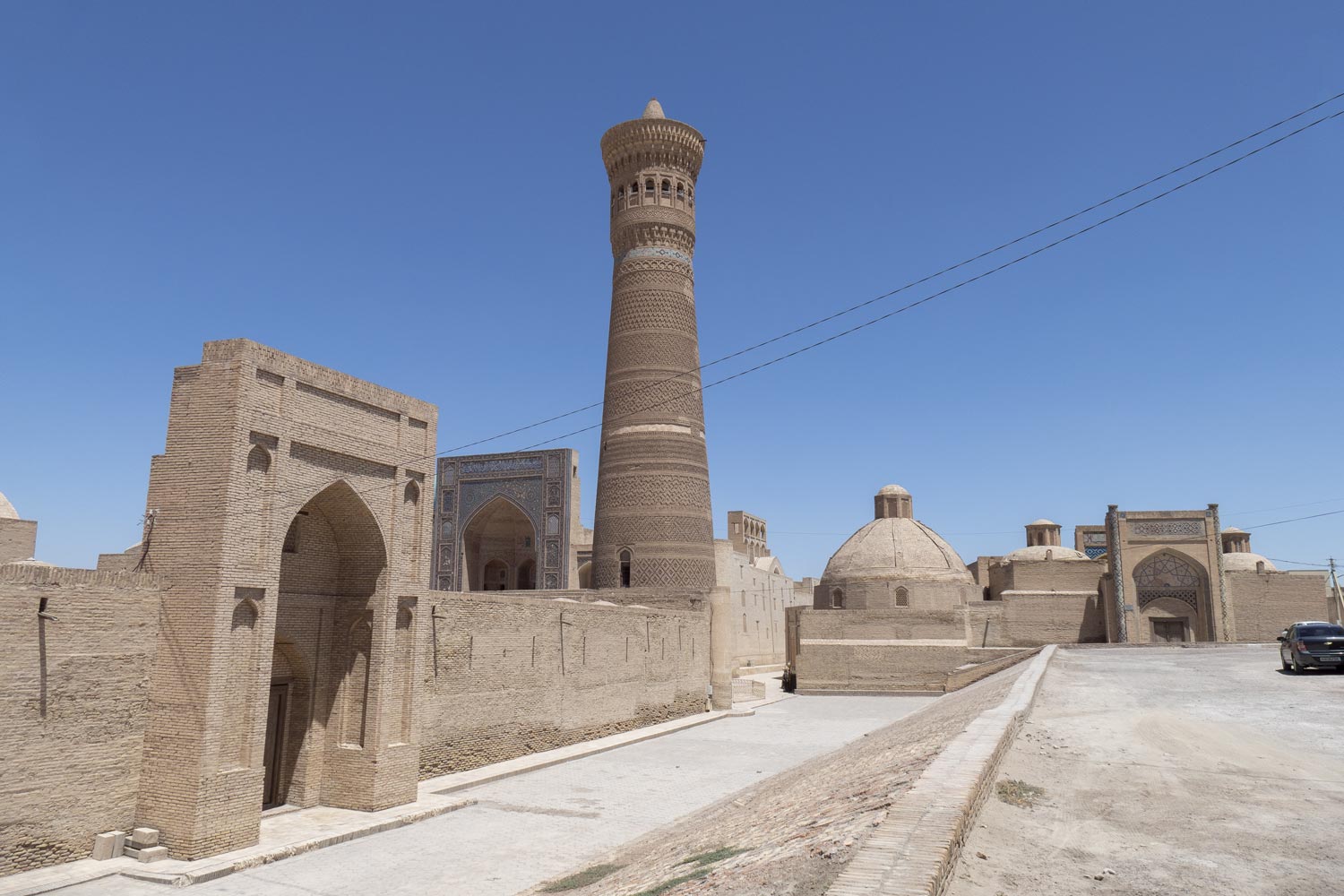
Bukhara resembles the Iranian city of Yazd.
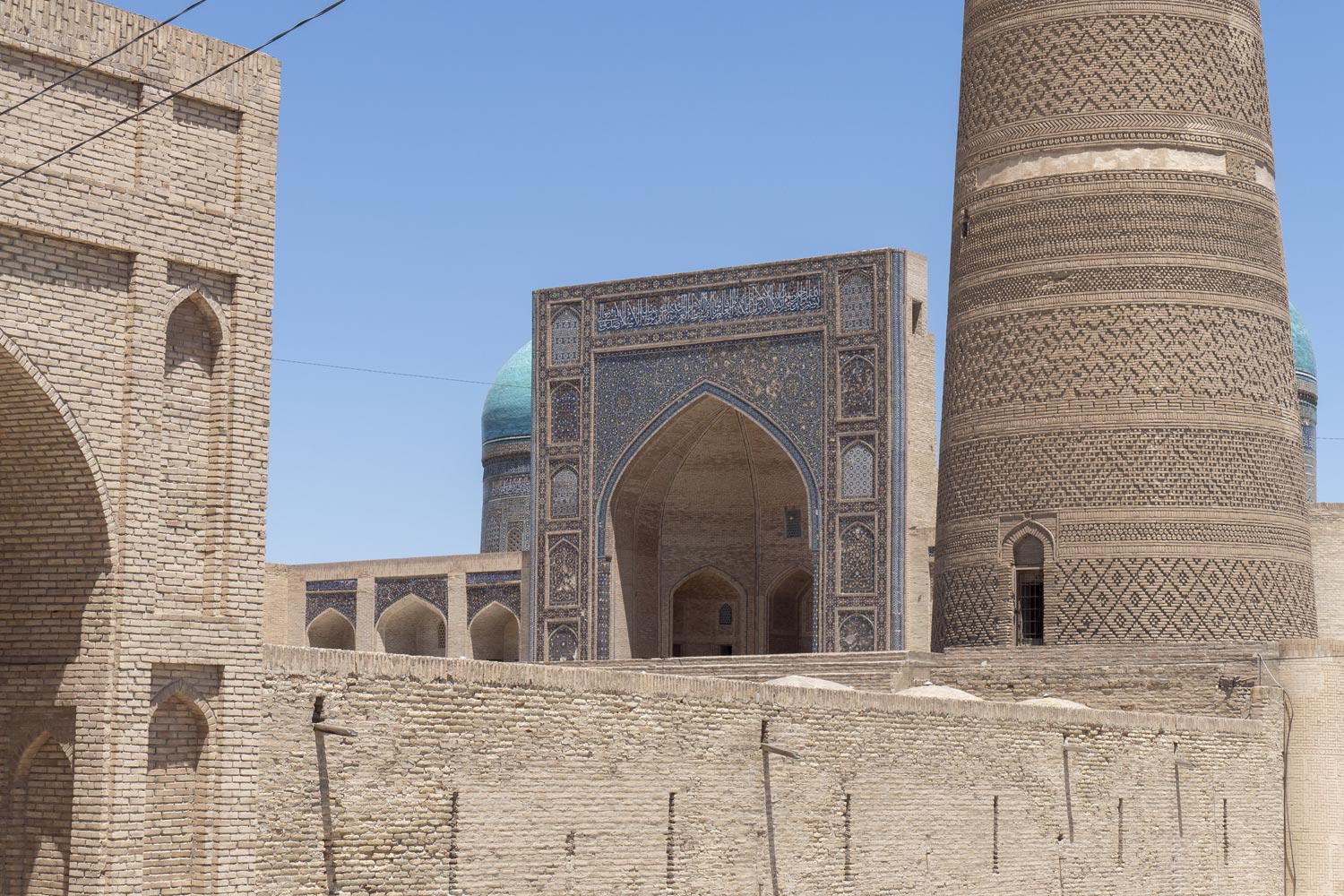
Indeed, in Yazd, houses are built of clay and straw, while in Bukhara, they are made of brick. However, both cities appear as if they have emerged from the desert.
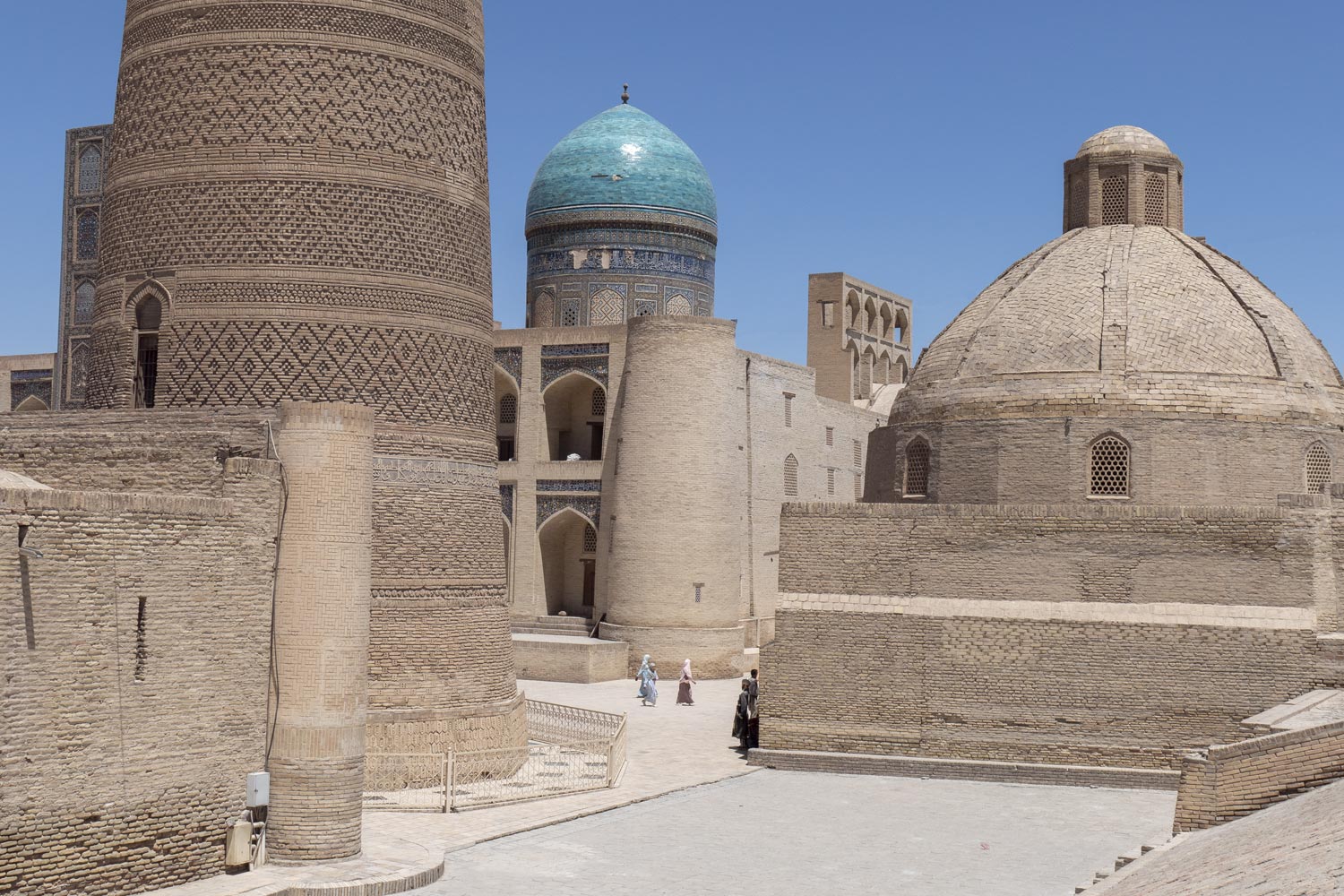
The colored, polished domes of the mosques look fantastic against the backdrop of sandy architecture.
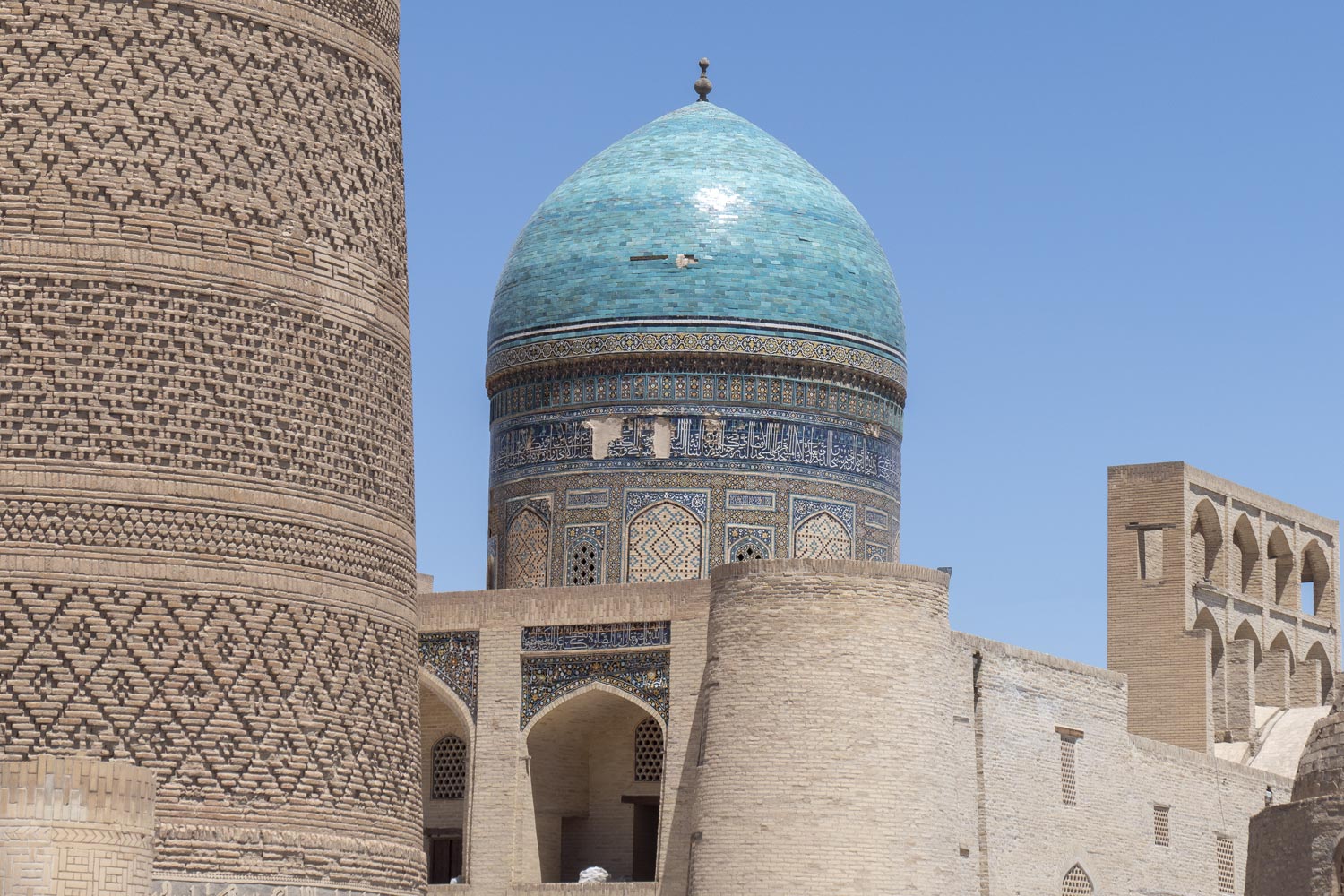
But even the “sandstones” themselves look primitive. The minarets and facades of the mosques are not simply made of bricks. They are woven from brick patterns, which are arranged in either ornaments or verses from the Quran.
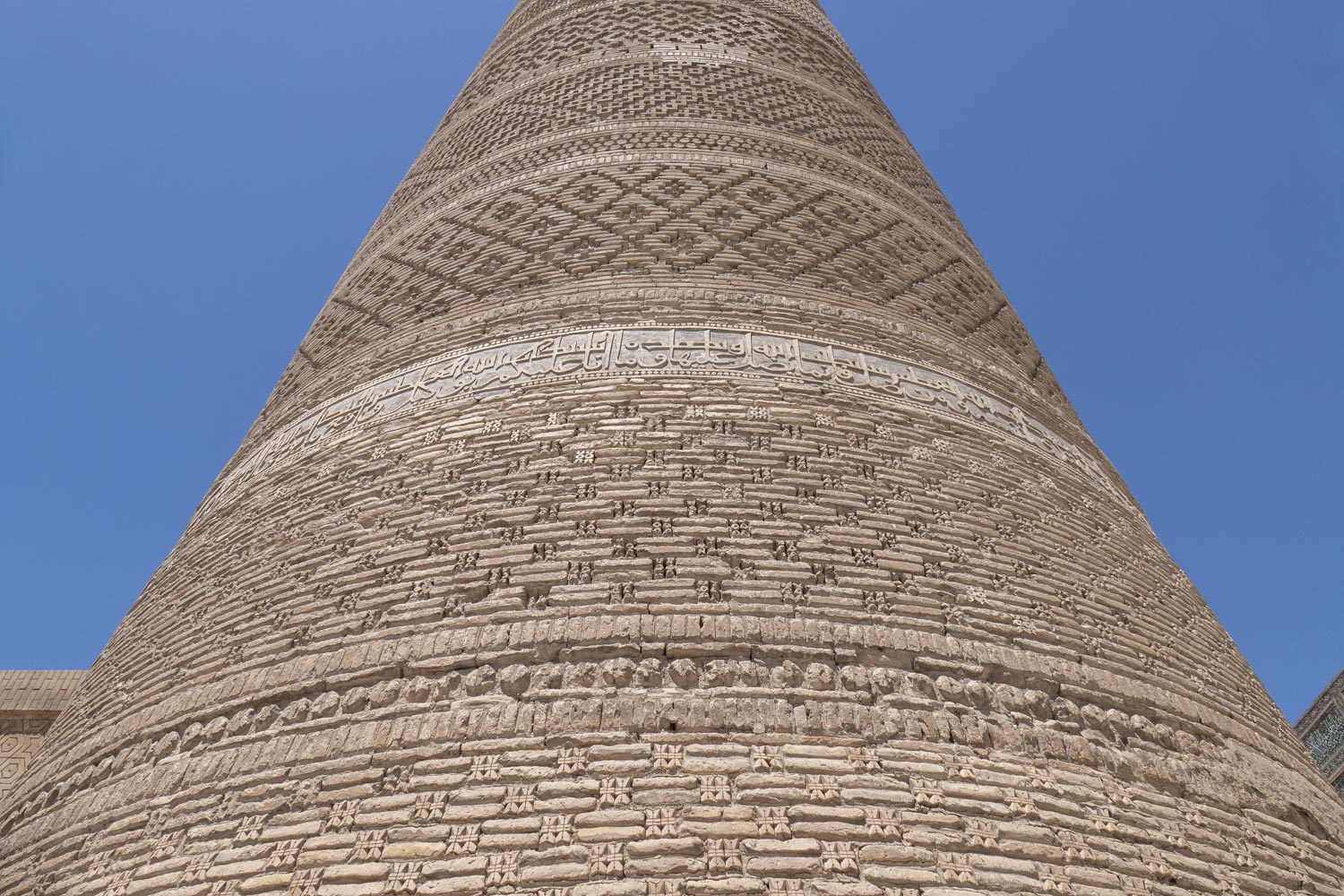
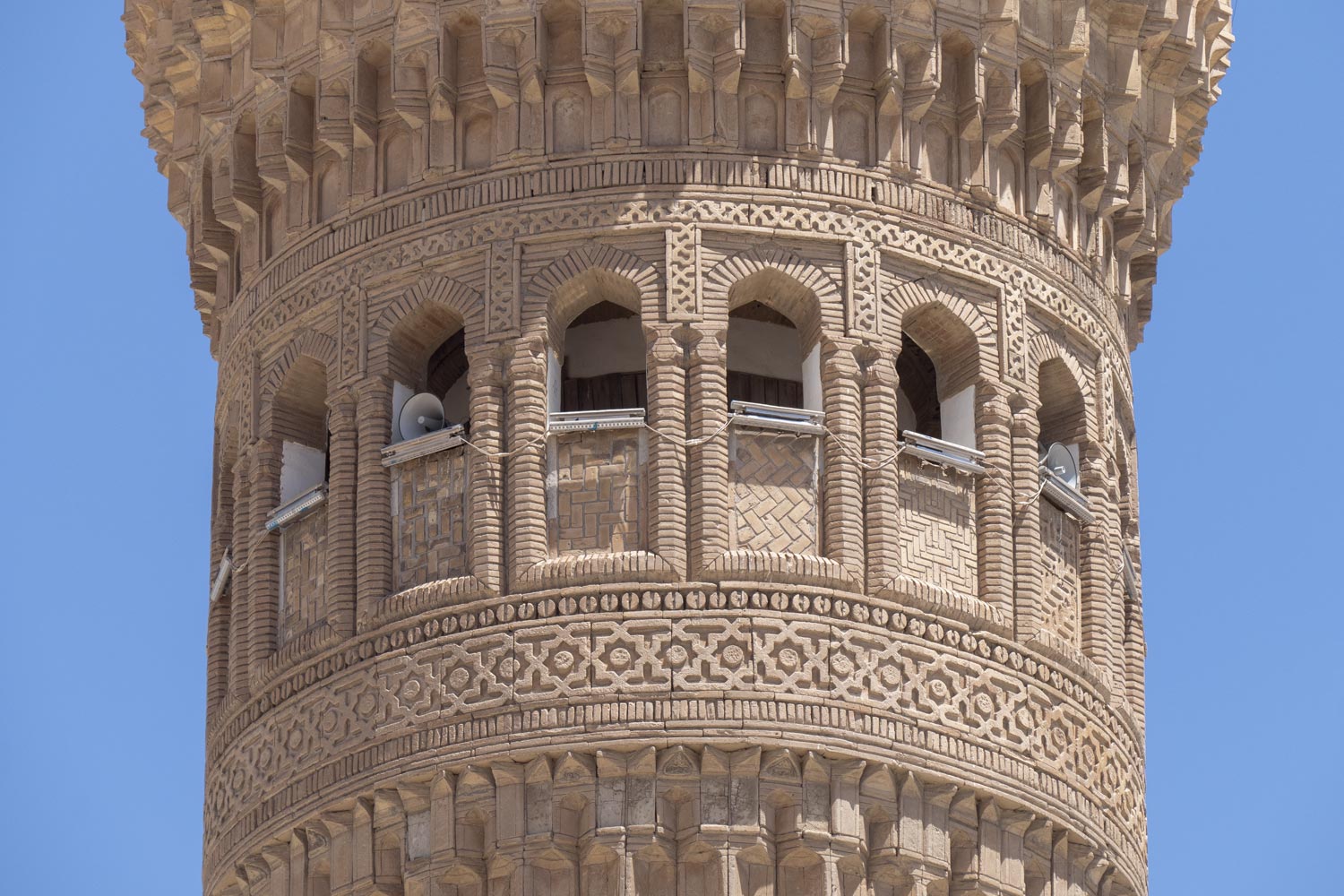
Of course, such beauty cannot be found even in Iran. Uzbekistan has exceeded all expectations.
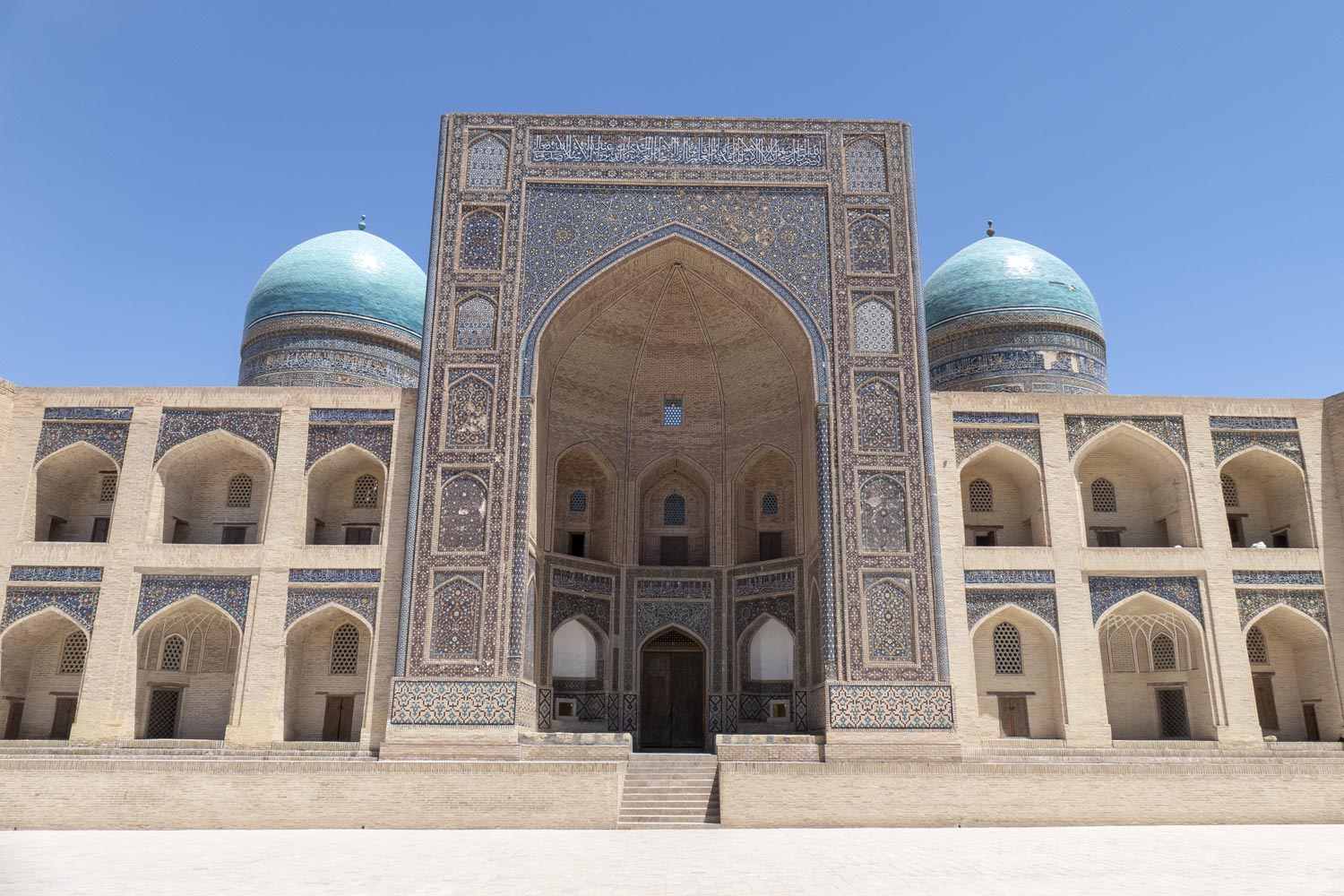
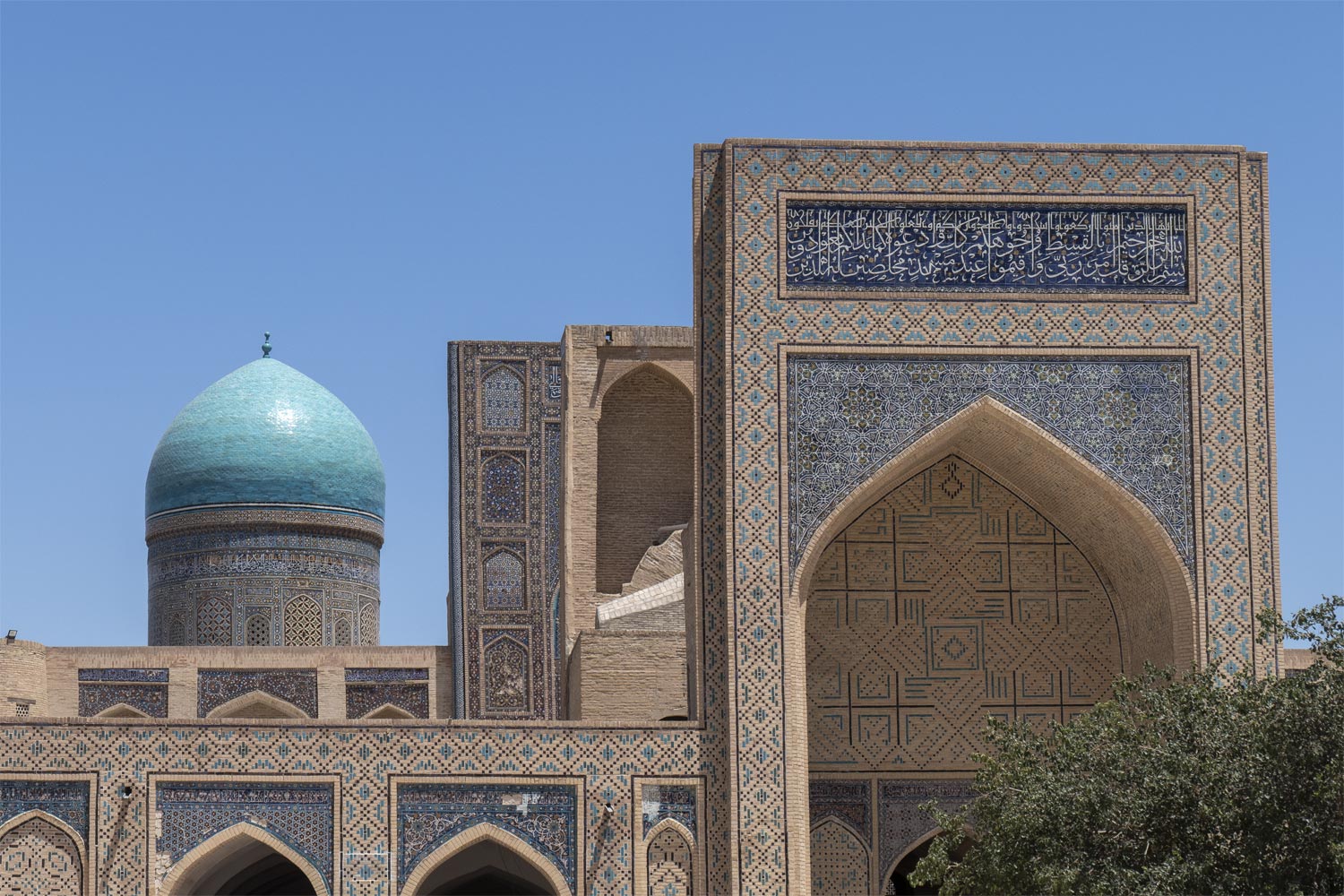
In a couple of places, the facing of the mosque is crumbling, supported by sticks.
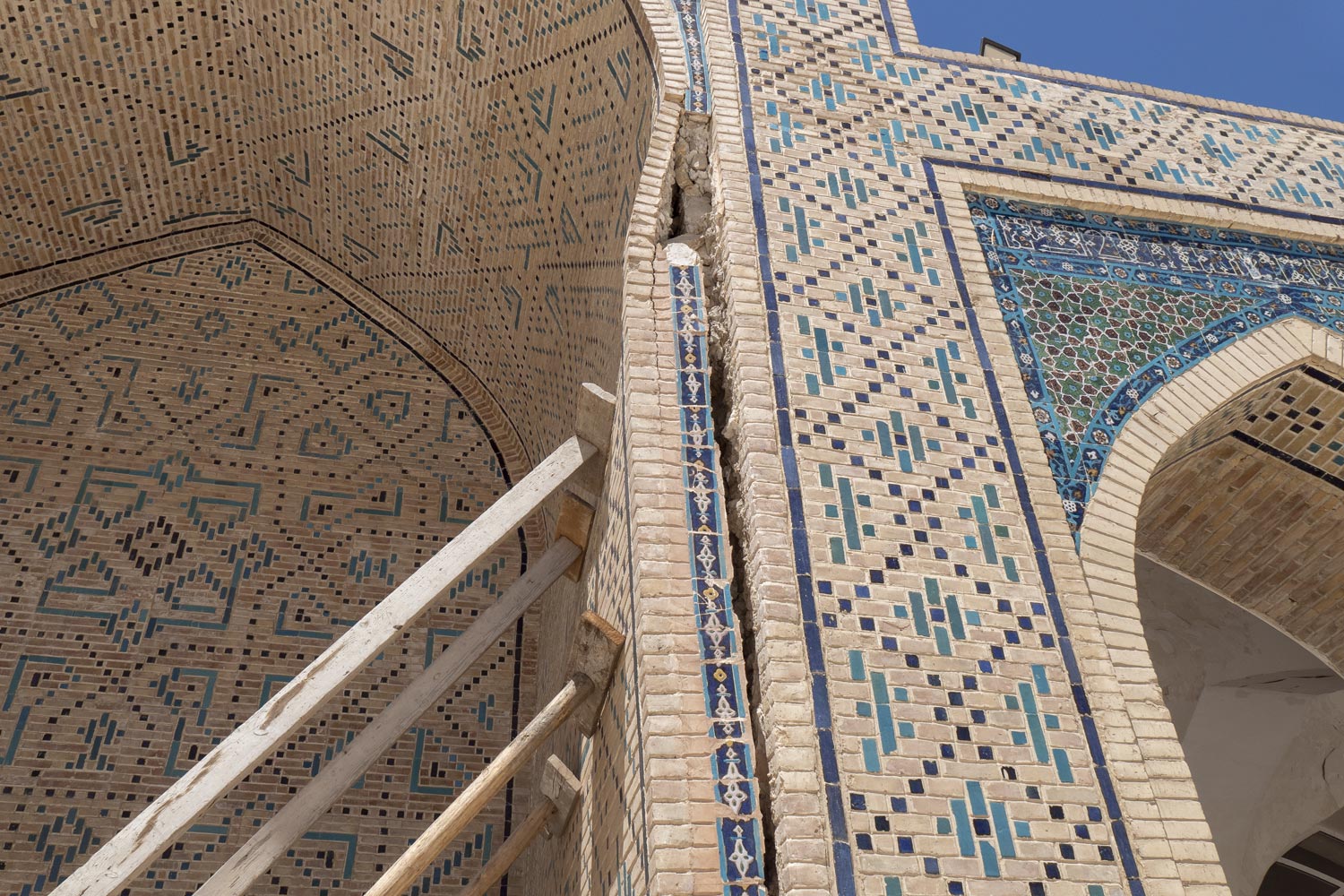
On a hot noon, there is absolutely no one in the courtyard of the mosque.
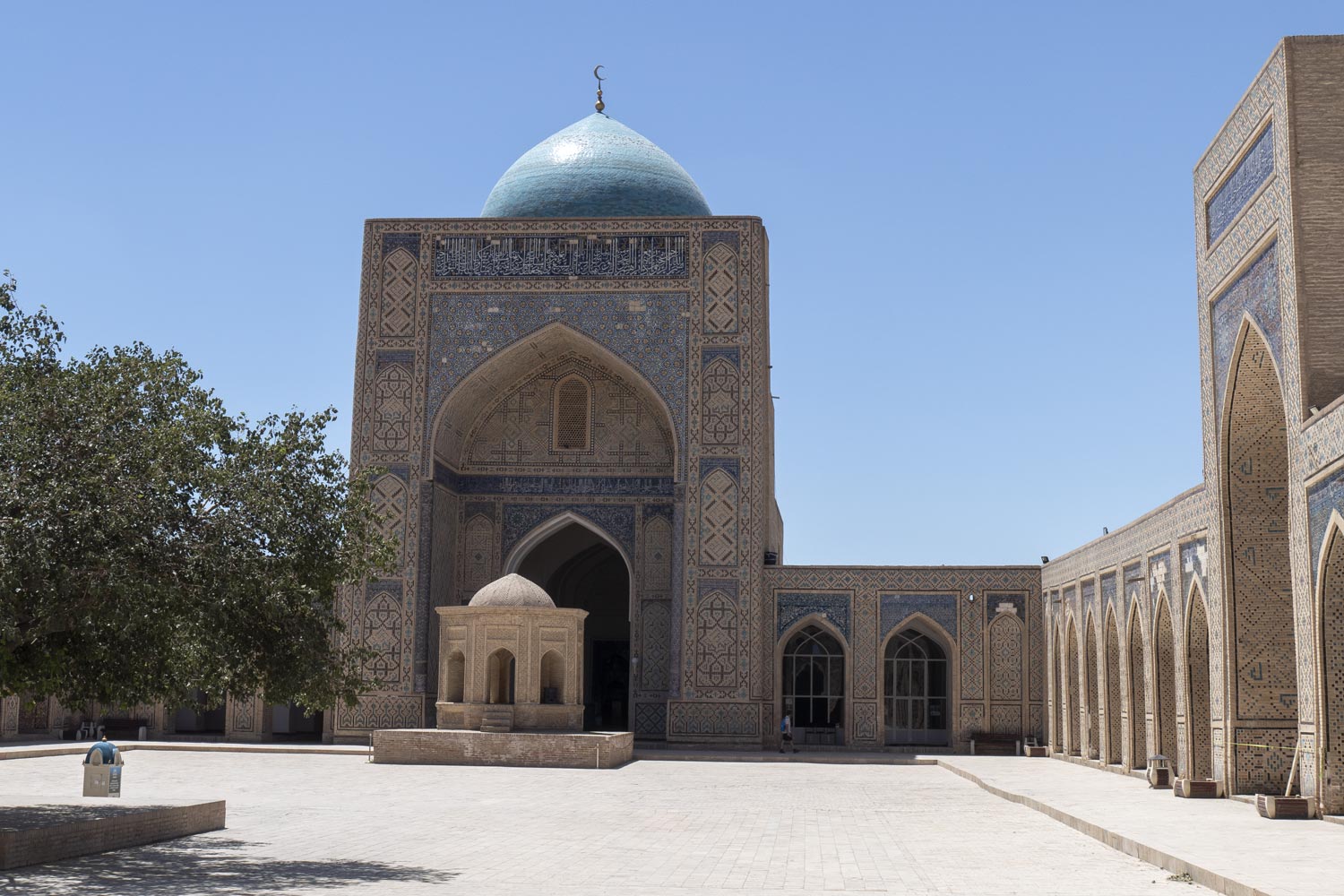
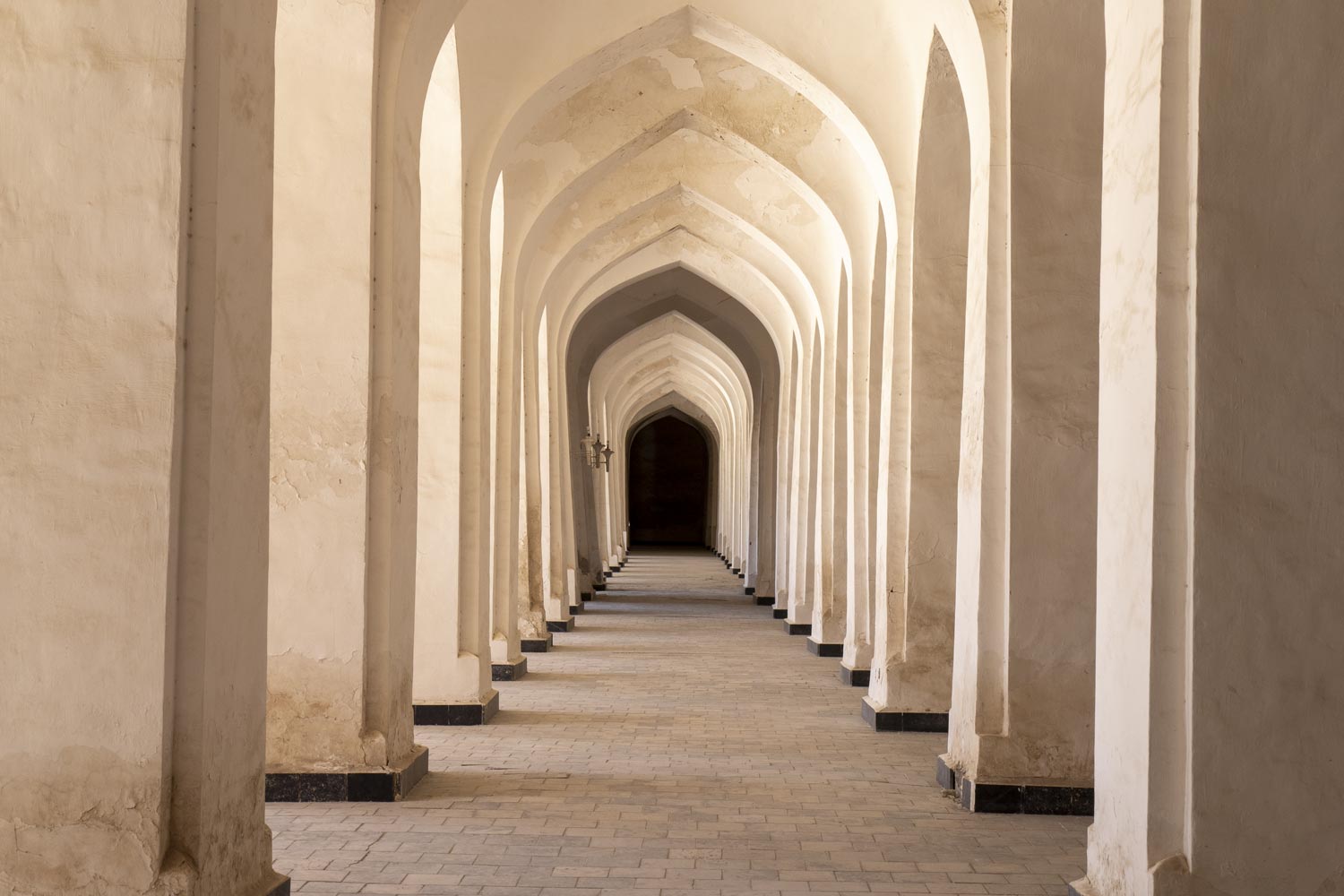
Slightly opened doors, window grids — the aesthetics of Persia overflow if you look through them onto Bukhara.
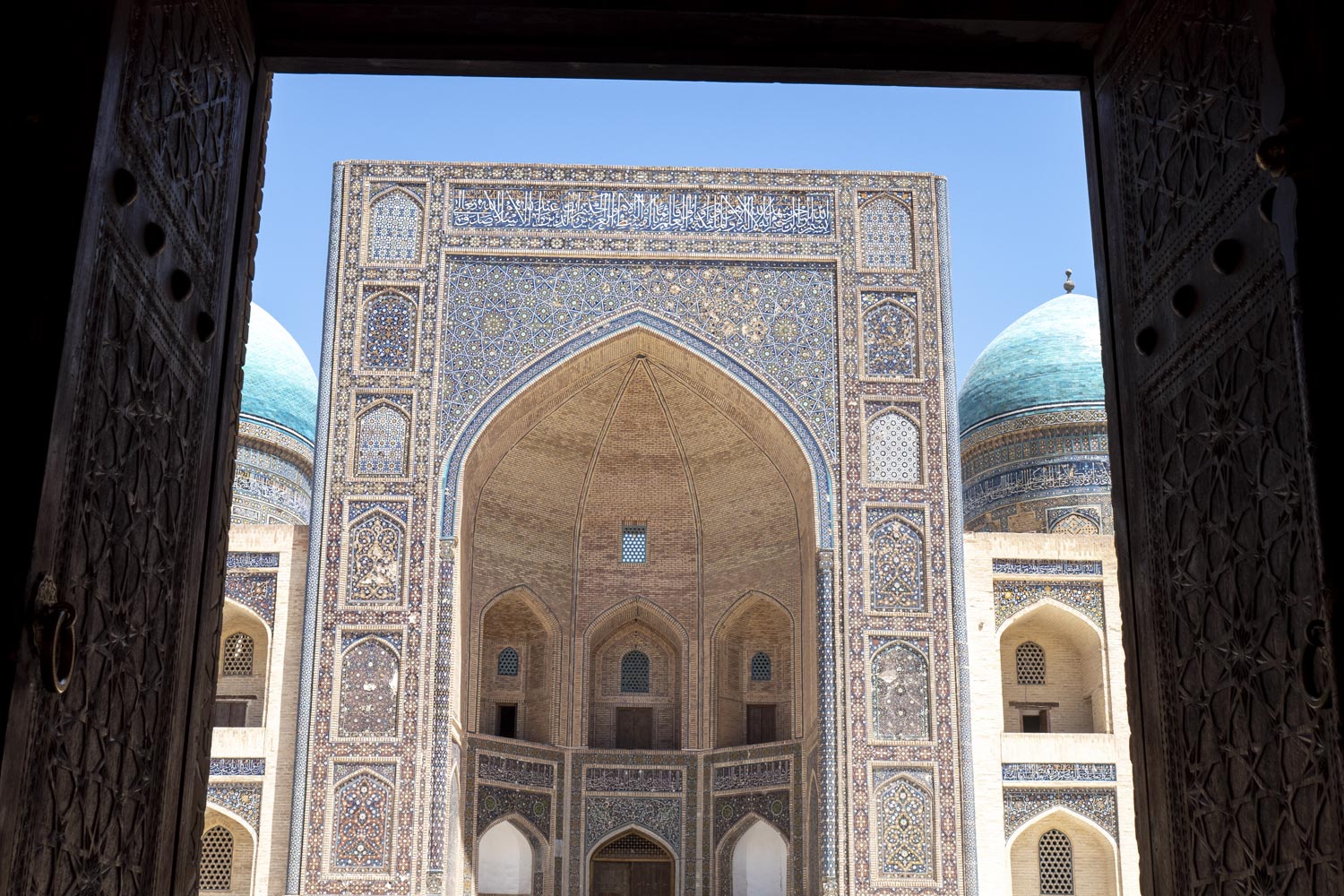
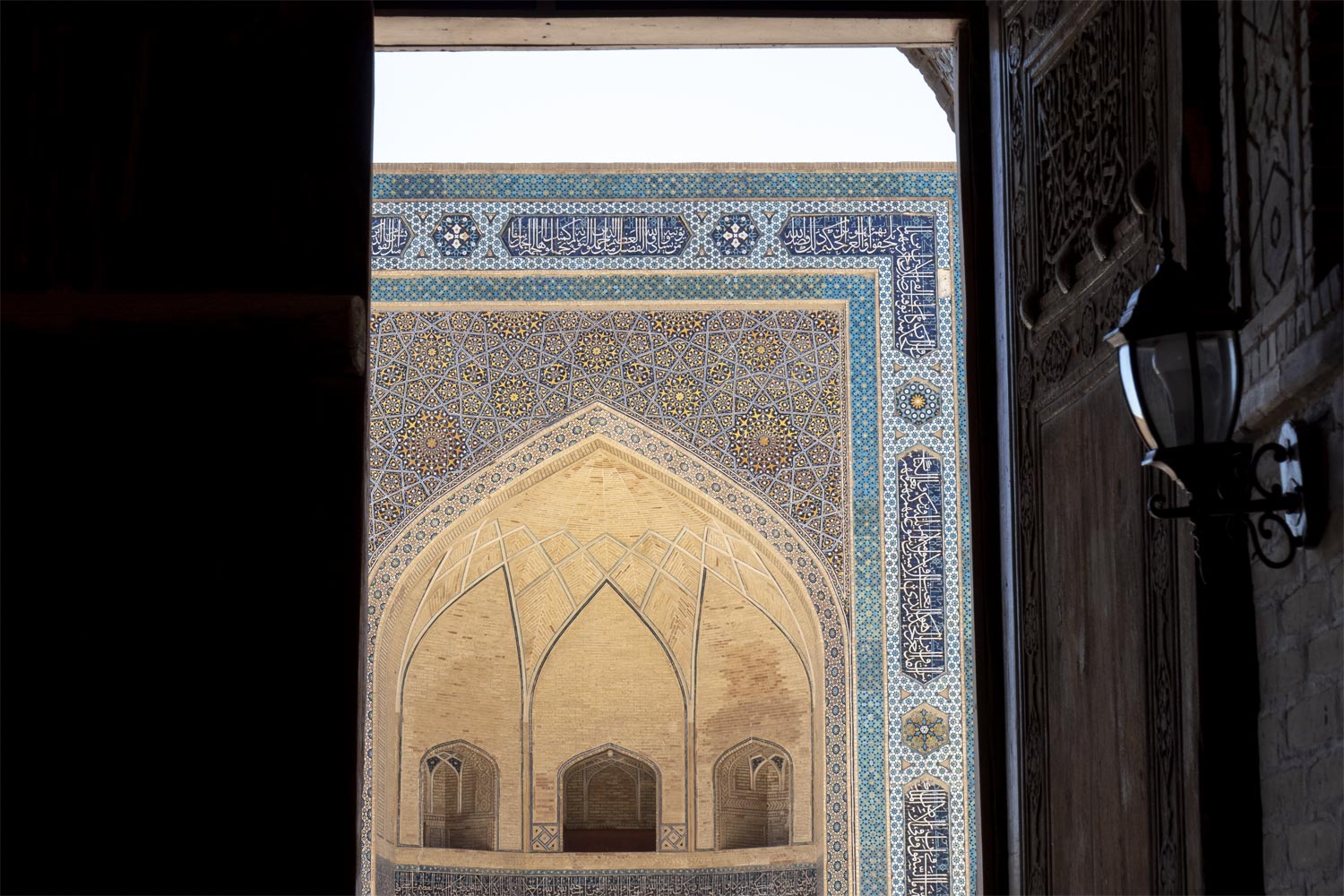
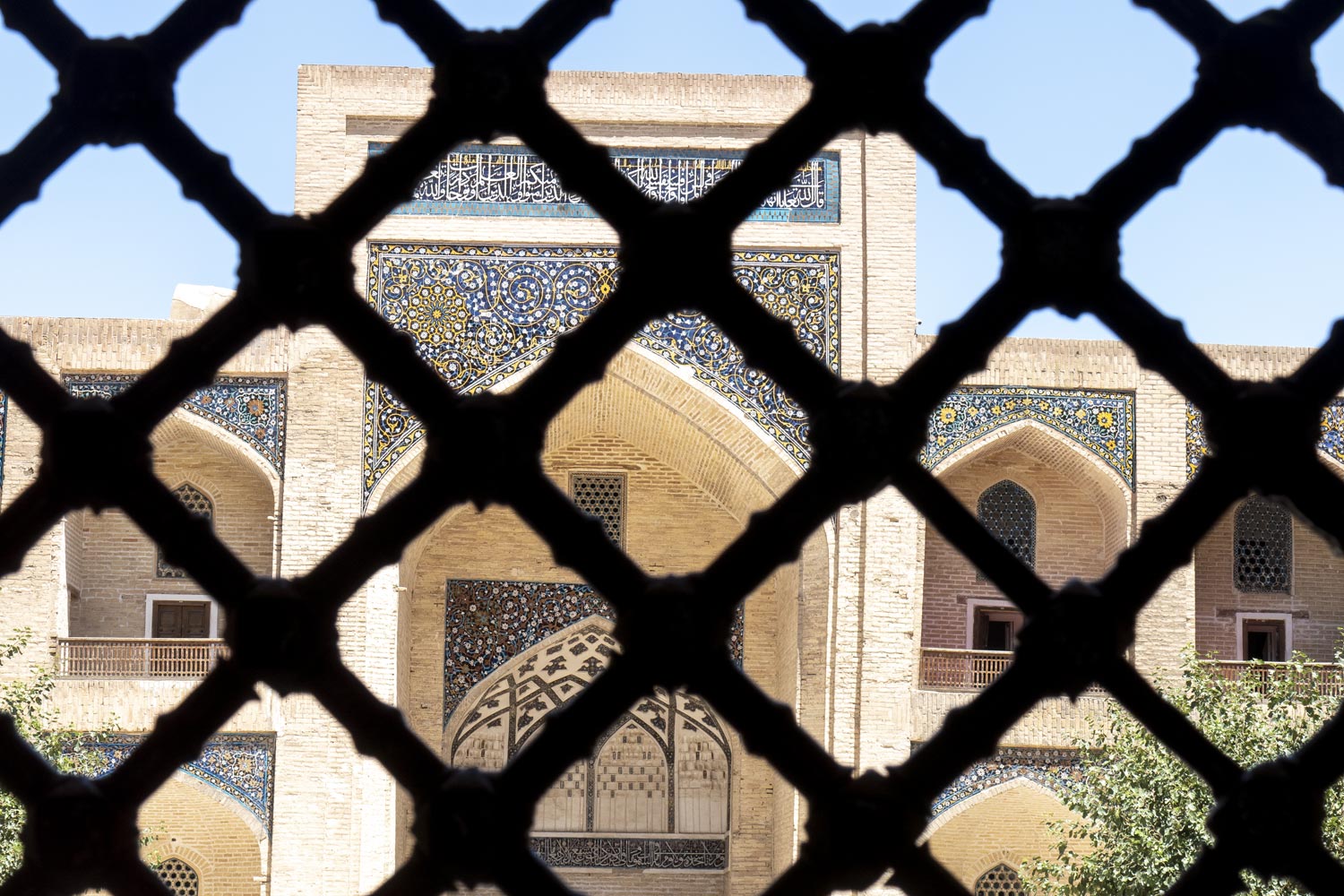
Not far from the old mosque is a classic Eastern bazaar.
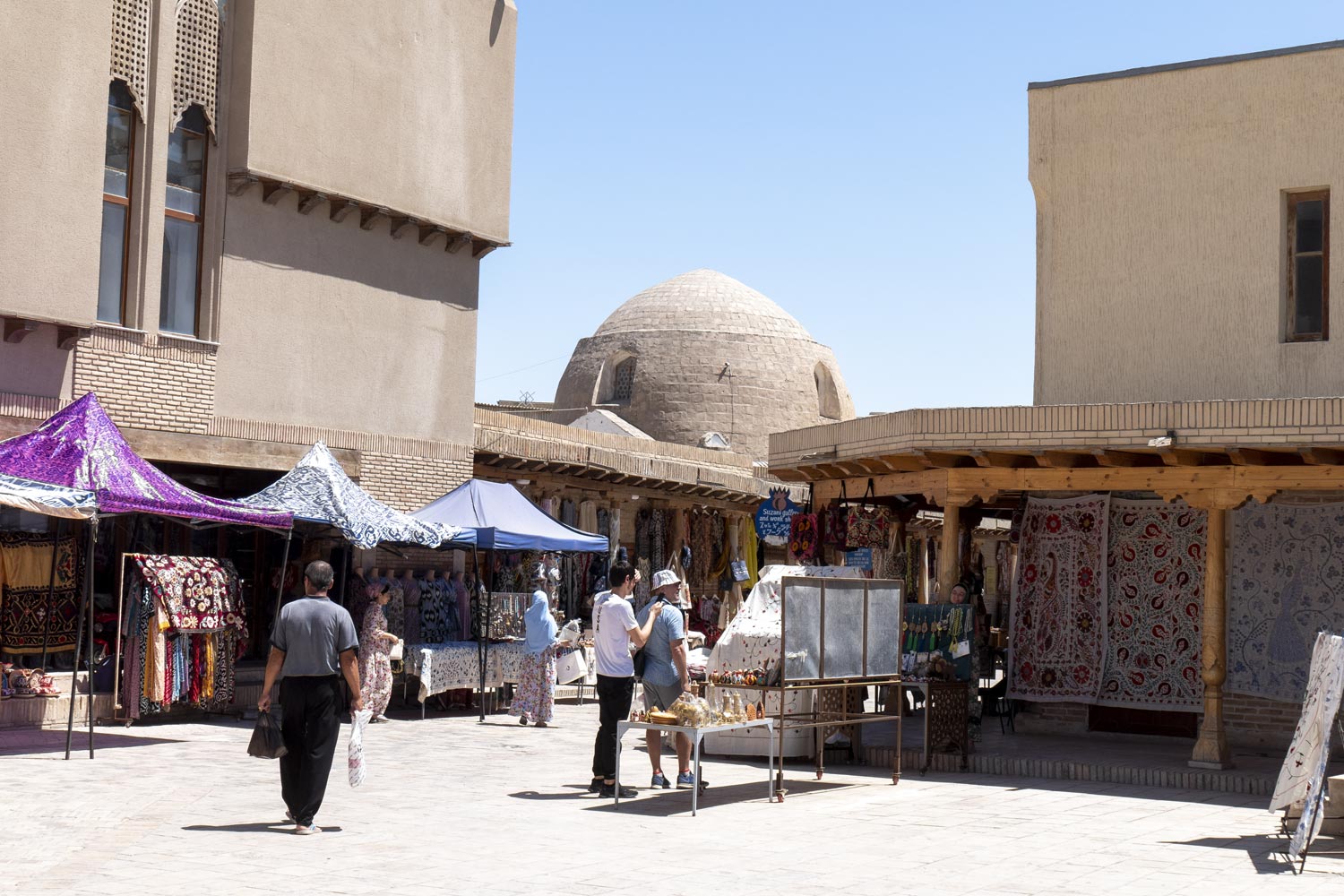
Just like throughout the East, the bazaar sells jewelry, Muslim clothing, various candle holders, bronze plates, tea sets, bags, headscarves, rings, spices — in short, the complete stereotypical set.
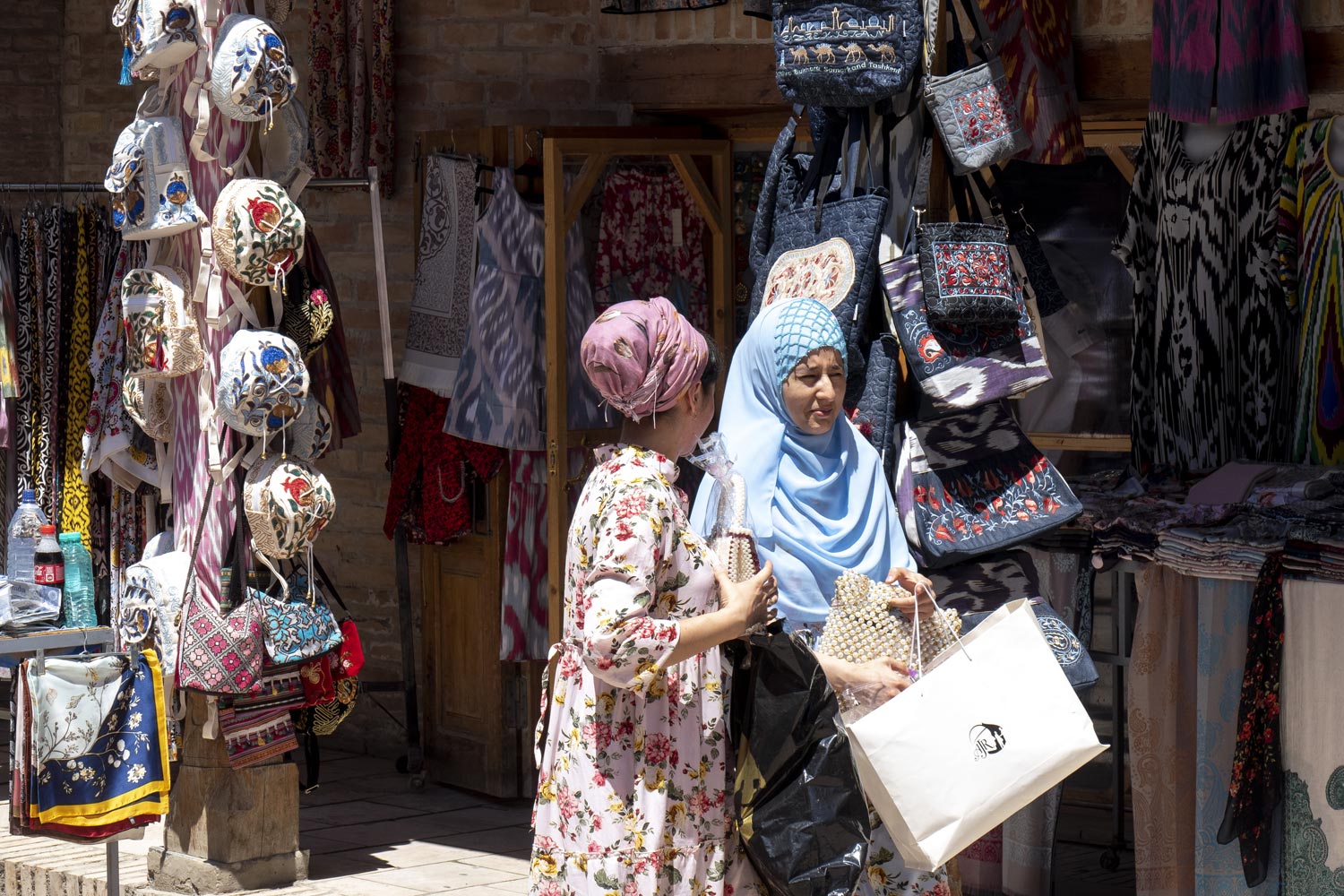
In certain alleys adjacent to the main street of the bazaar, one can find nooks where expensive carpets are traded.
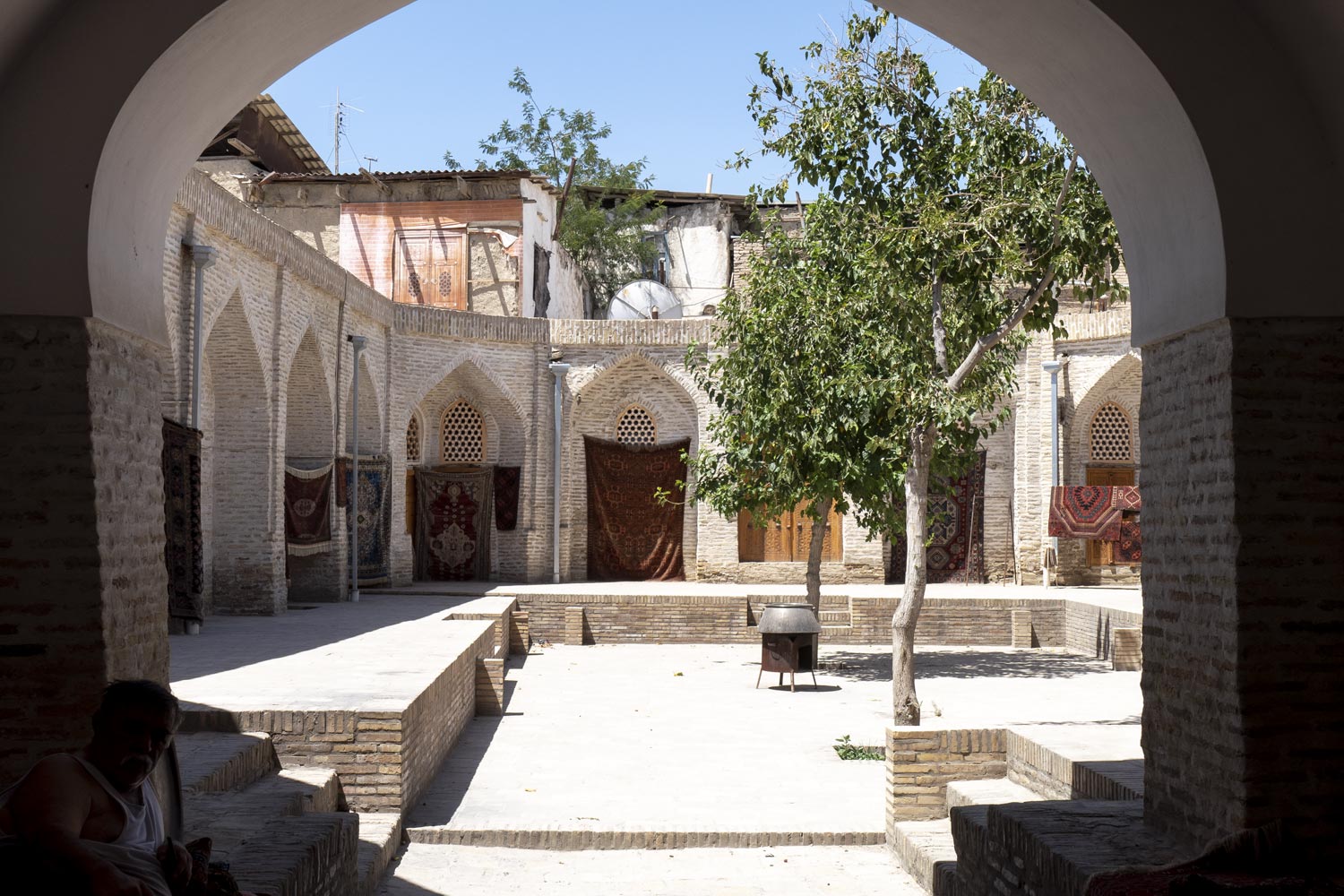
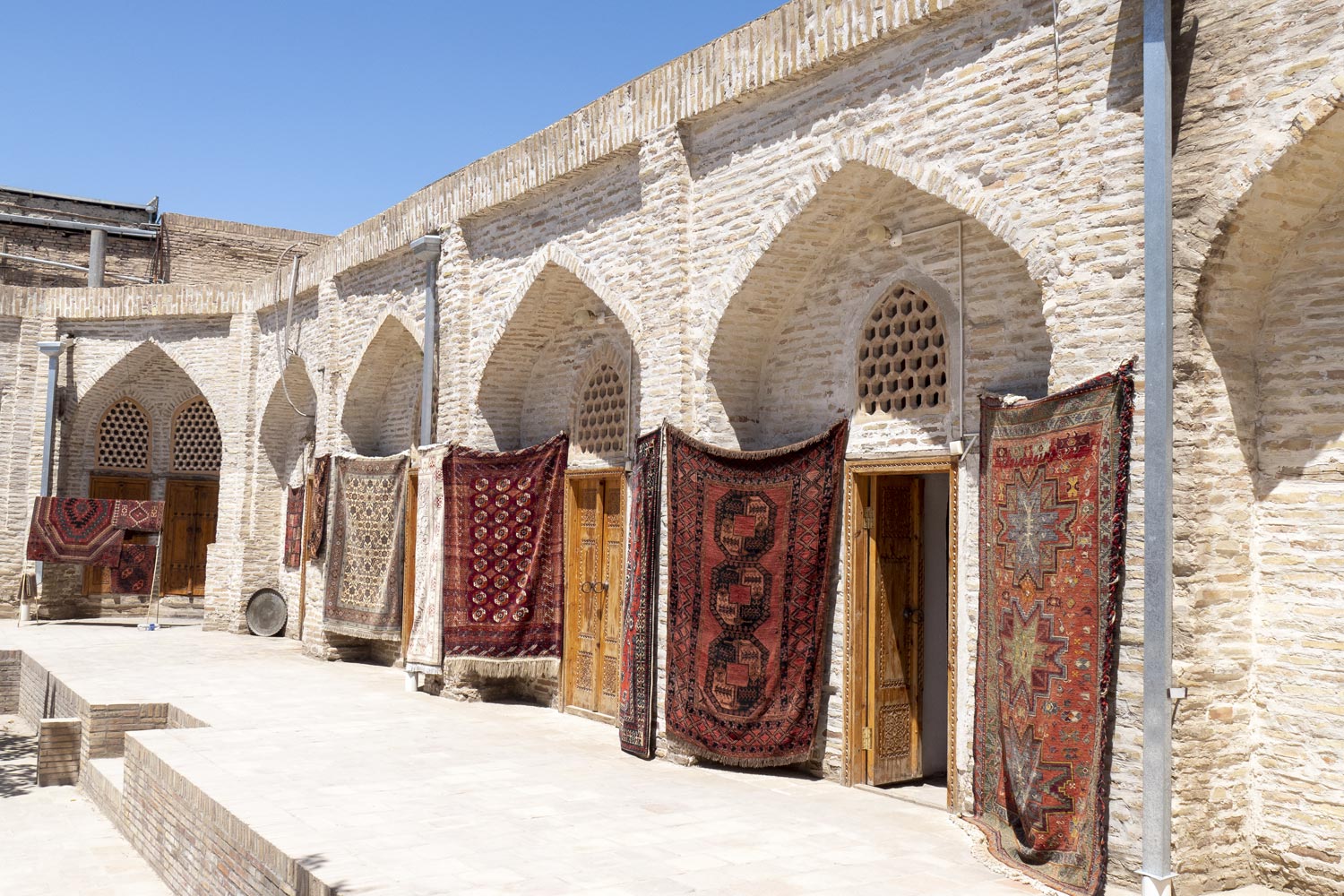
In others, an incredible Eastern café called something like “Silk Road Tea House.”
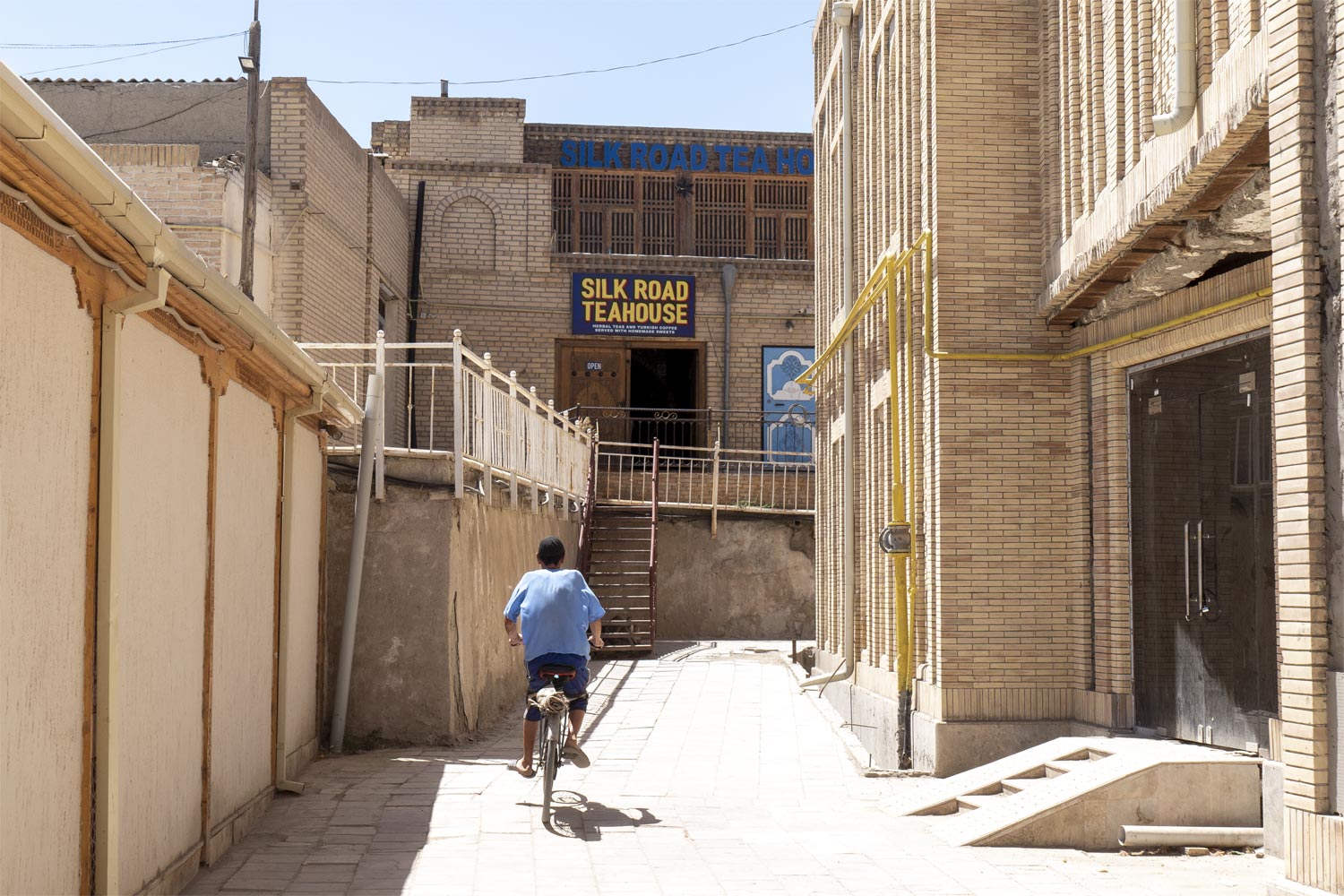
The interiors of local cafes are the epitome of Eastern style. Such places are much harder to find in “authentic” Arab countries than in their native Uzbekistan.
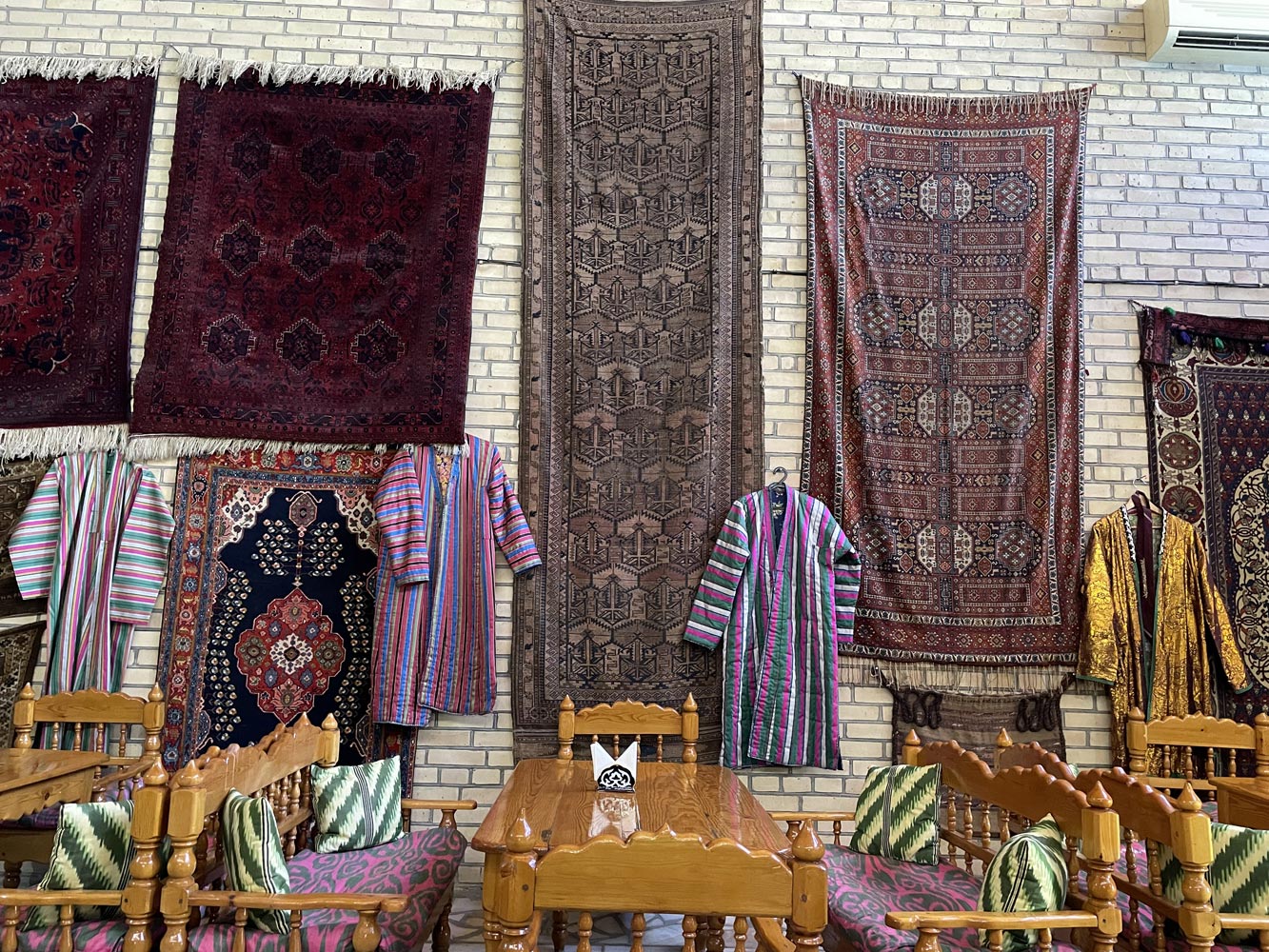
Here they serve strong Syrian coffee and fragrant tea, along with five types of sweets on the side.

Further beyond the bazaar, the old city of Bukhara, adorned with a couple of archaeological excavations, gradually comes to an end.
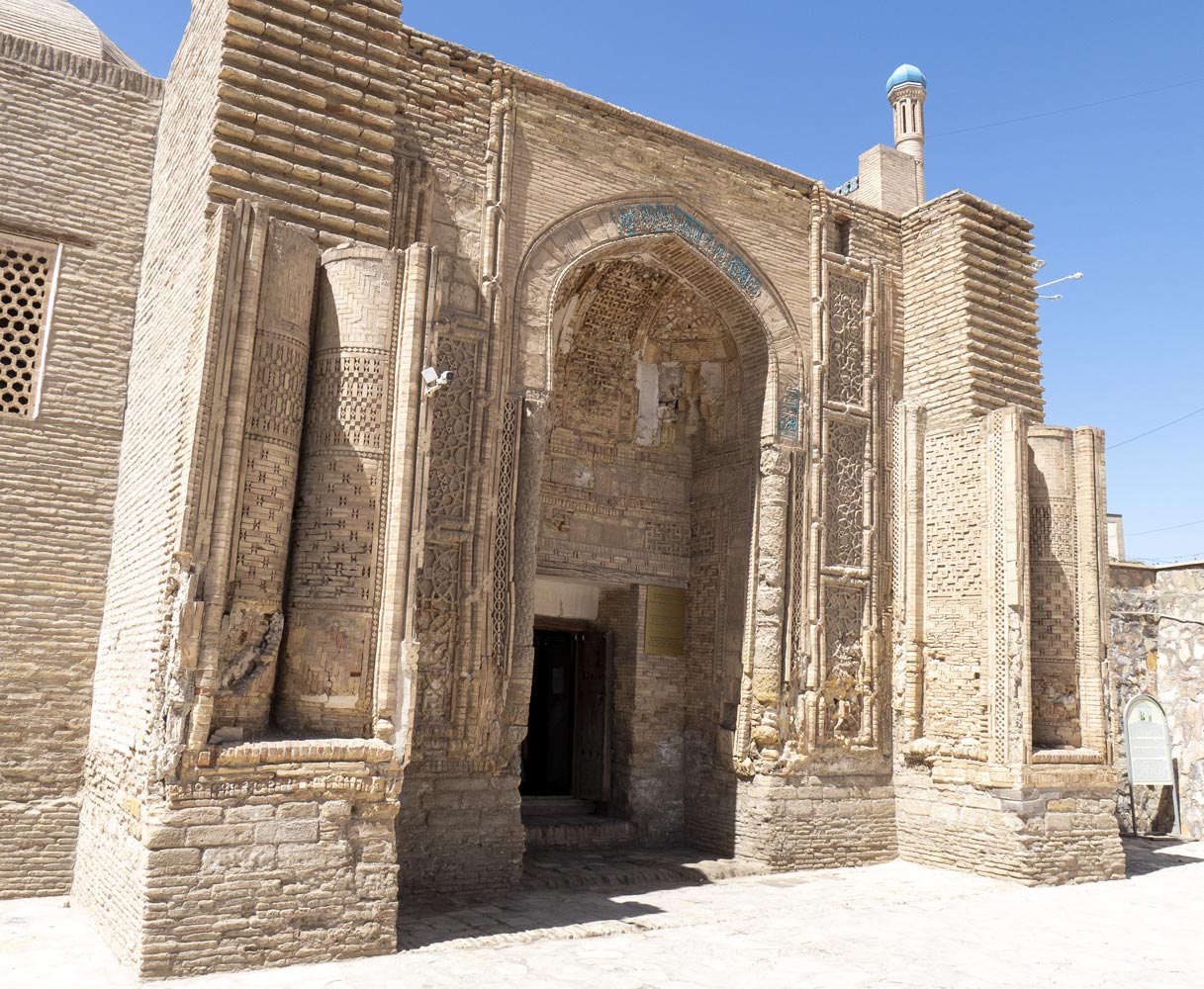
Market stalls become increasingly rare.
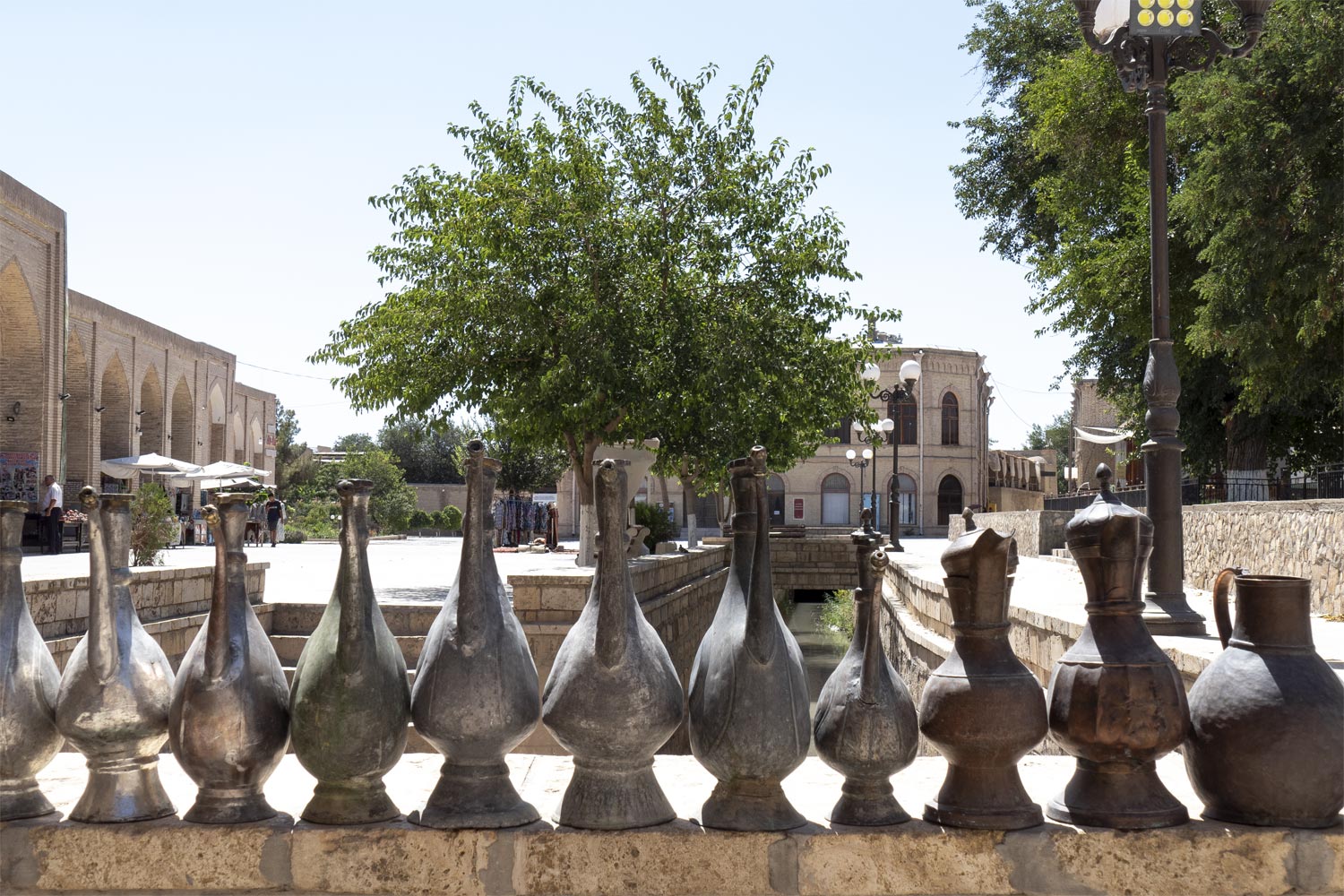
Hotels, cafes, and restaurants of debatable aesthetics emerge.
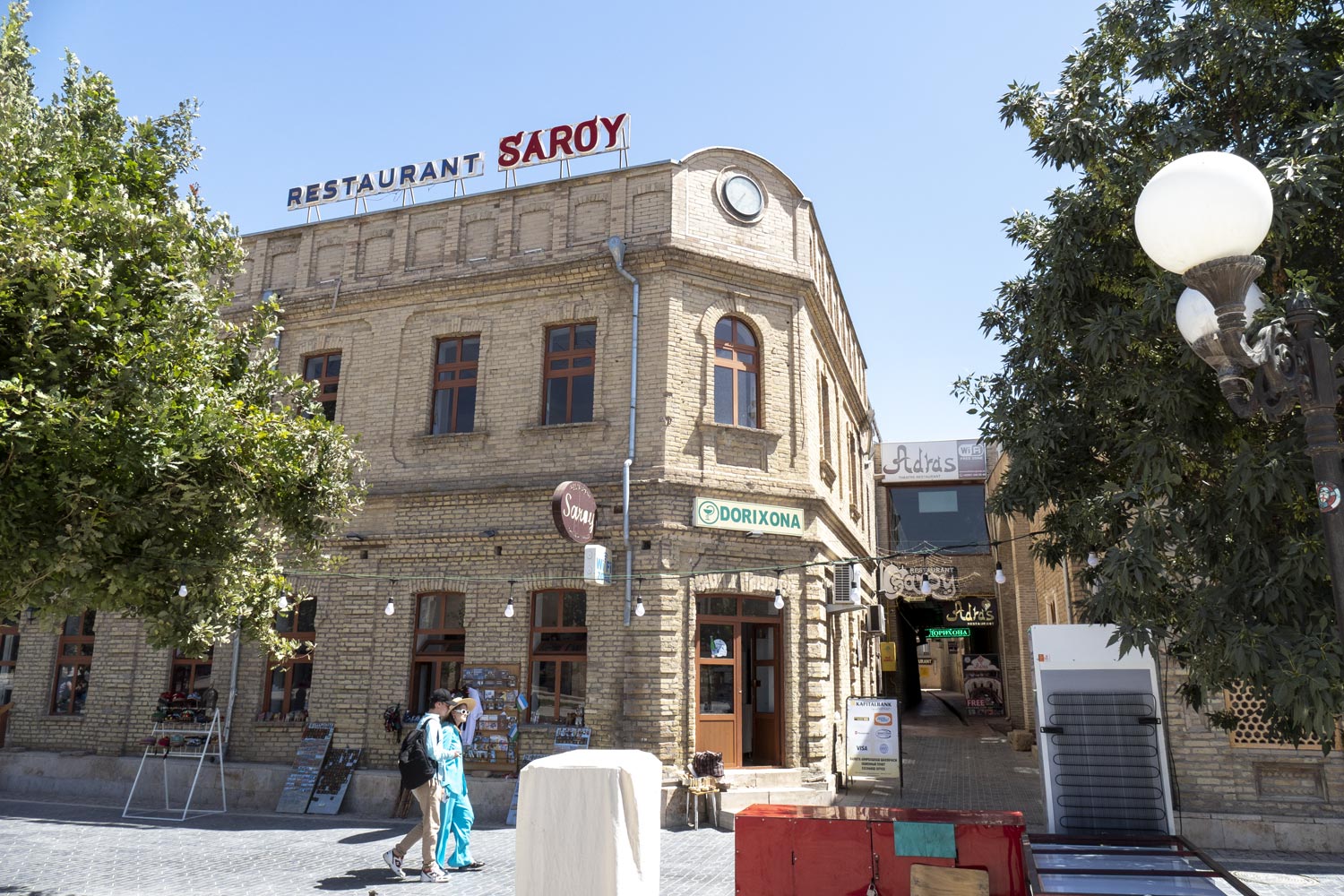
Advertisements and signs start to appear.
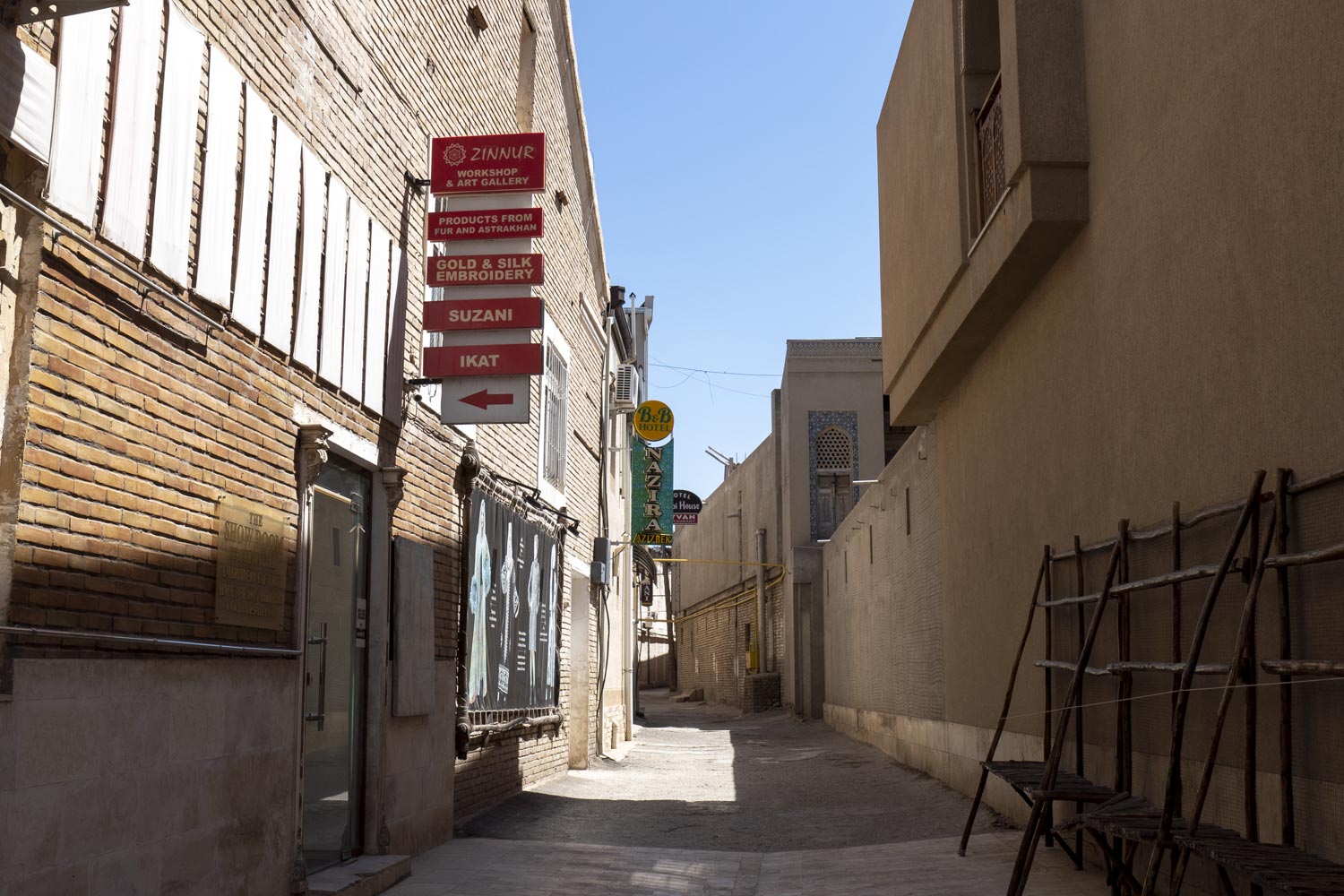
The residential sector begins, where someone always rents out their house as a hotel.
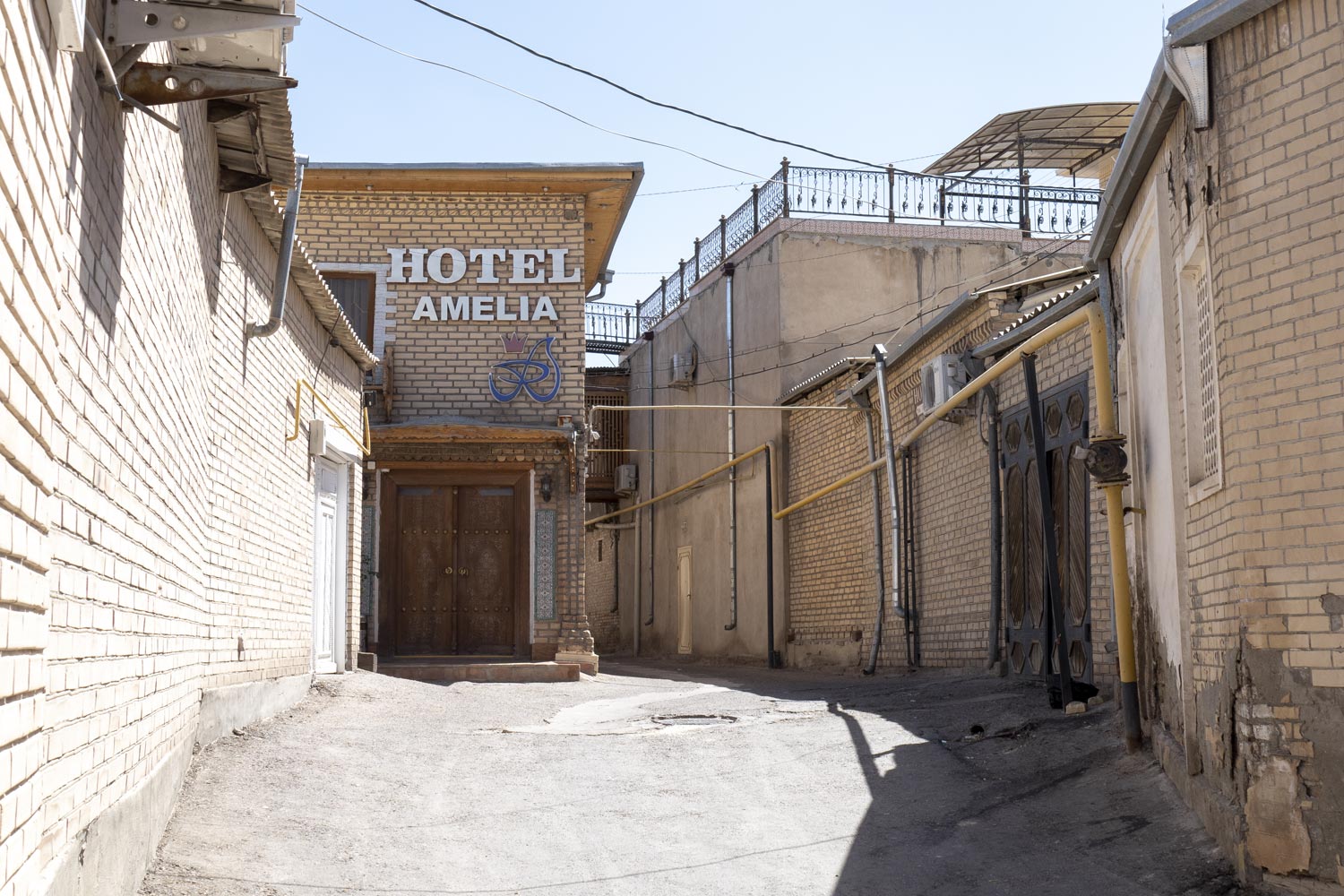
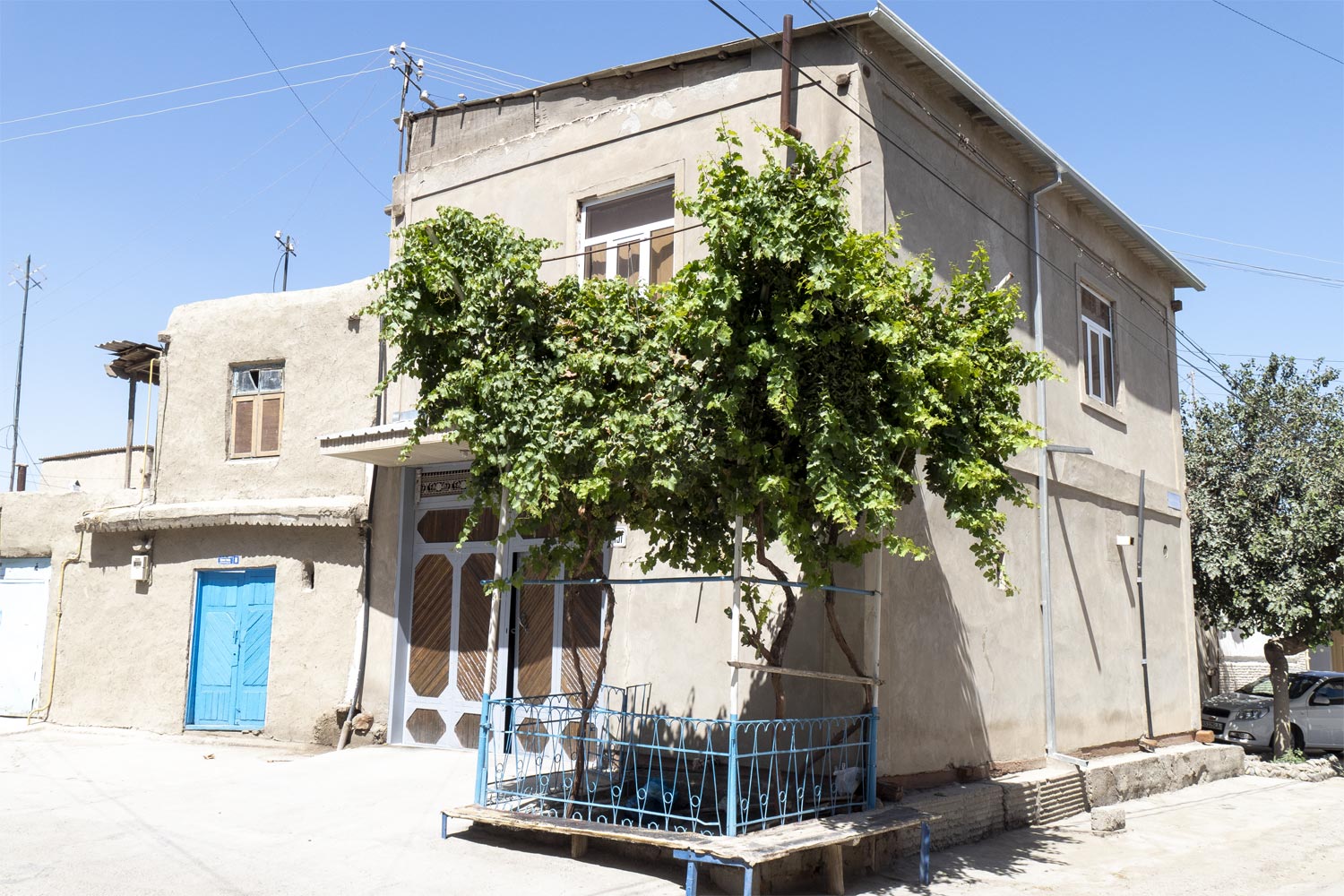
But even among the residential areas of Bukhara, now and then, emerges some ancient artifact.
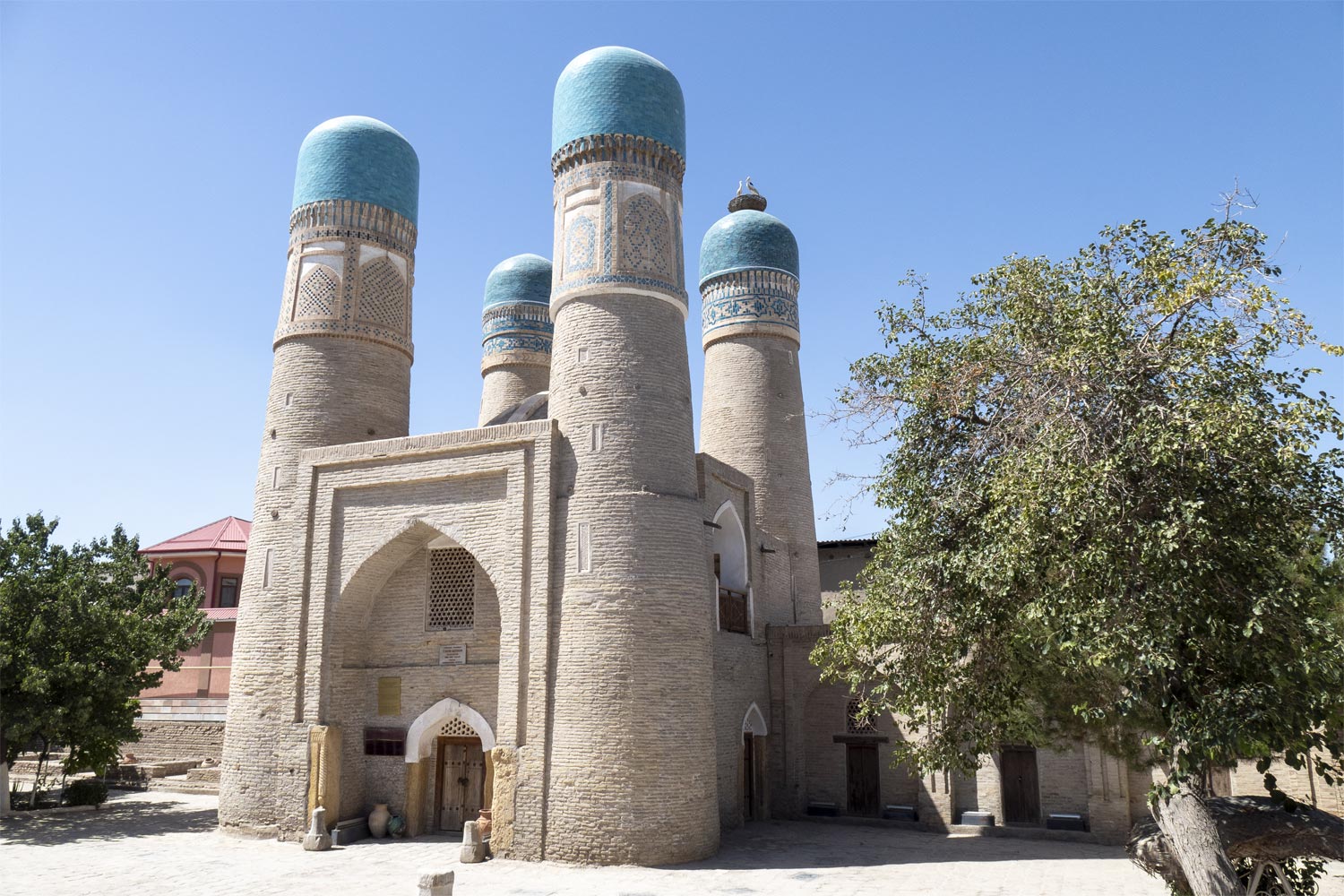
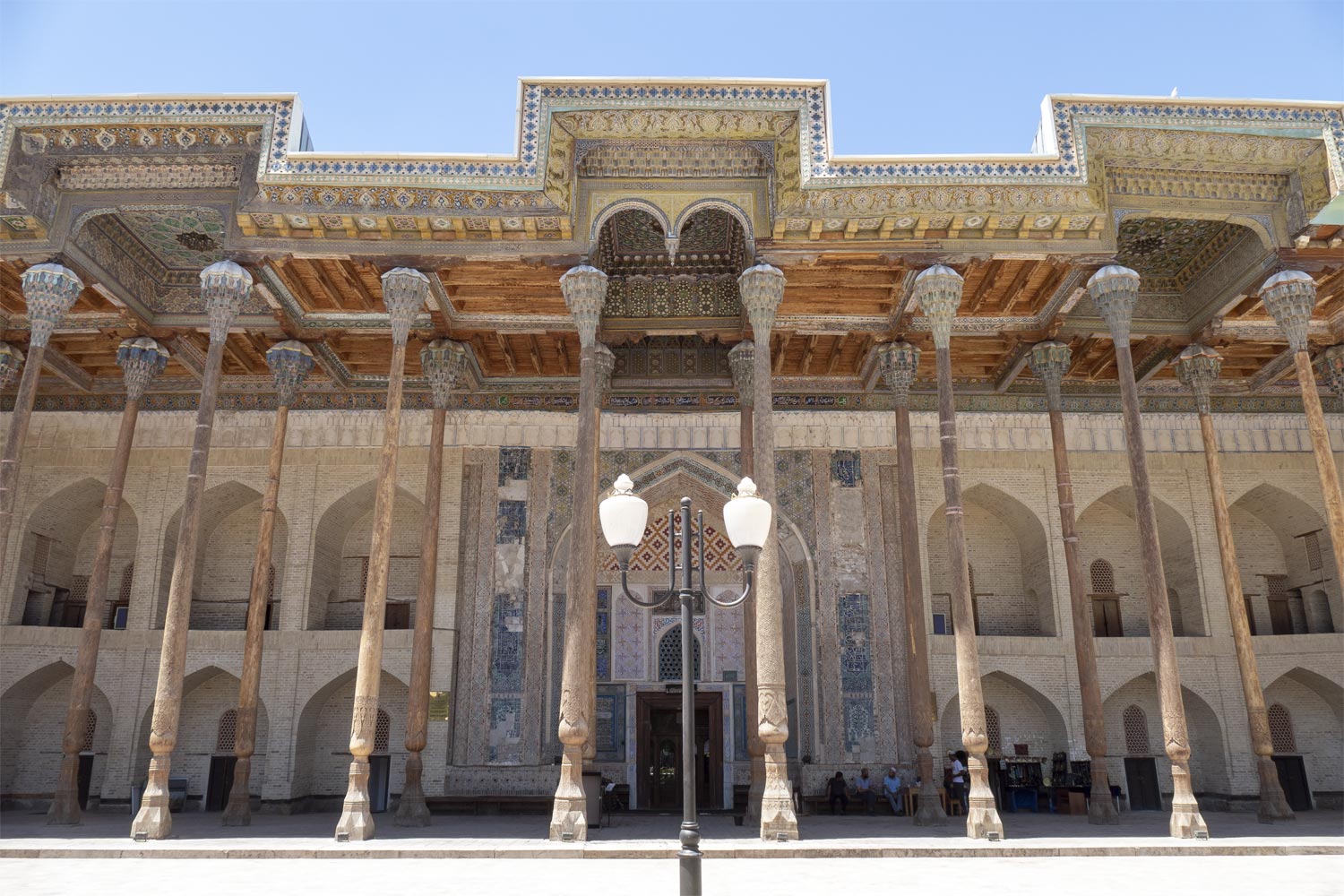
As for the citadel itself, there is nothing remarkable inside.
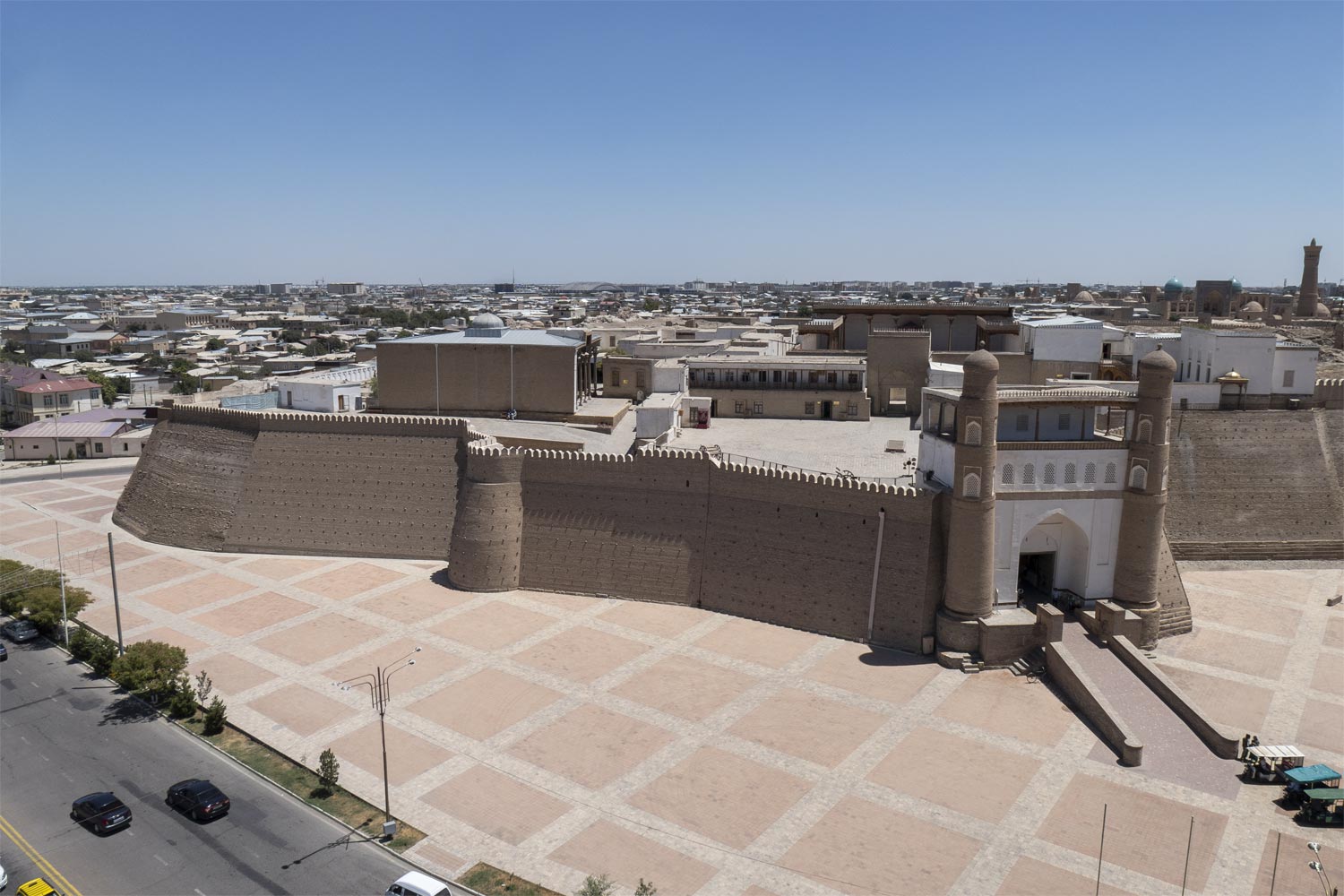
The entrance to the citadel, which resembles castle gates, is absolutely bombastic and of greater interest.
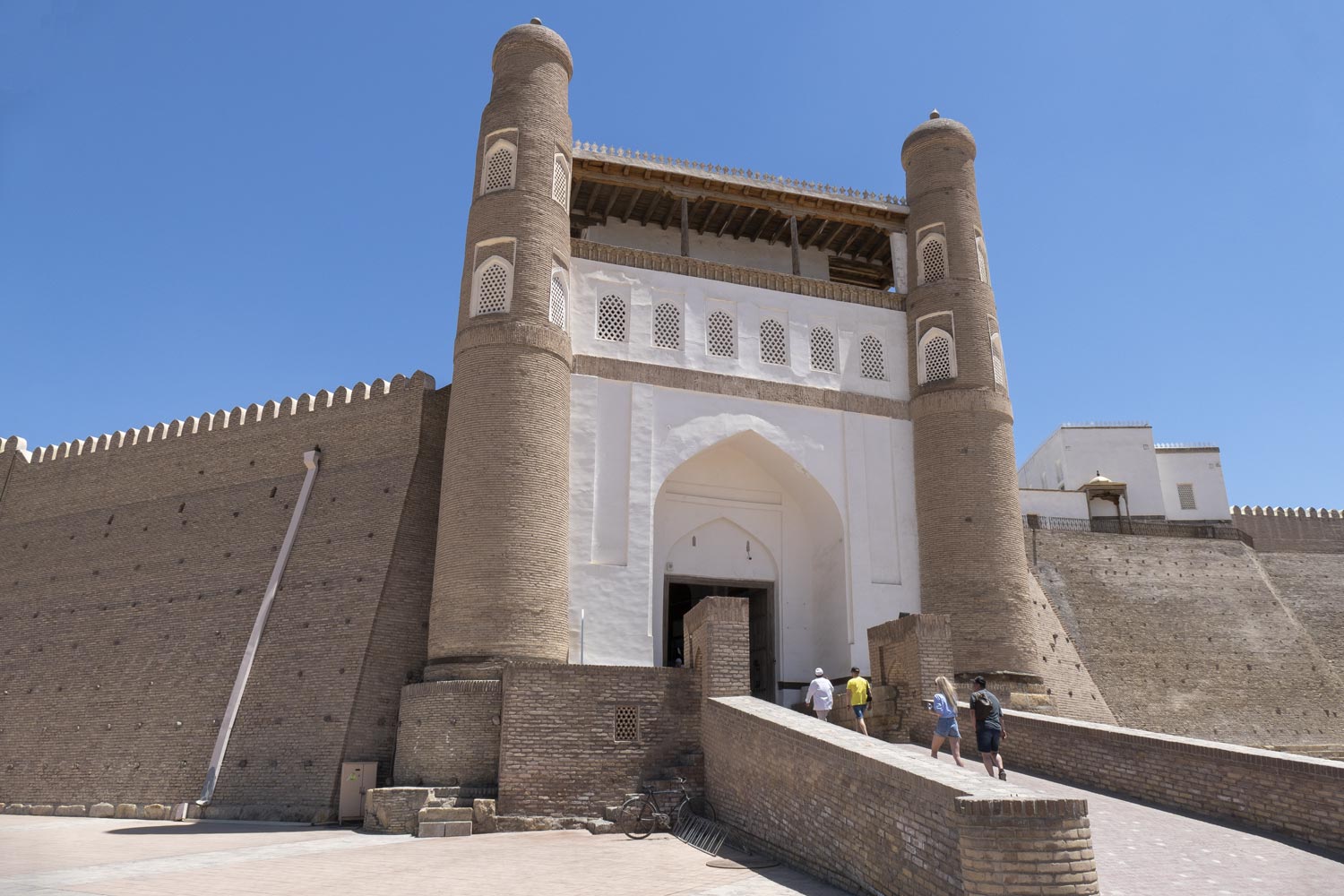
Inside, there are a couple of empty courtyards with an emir’s throne.
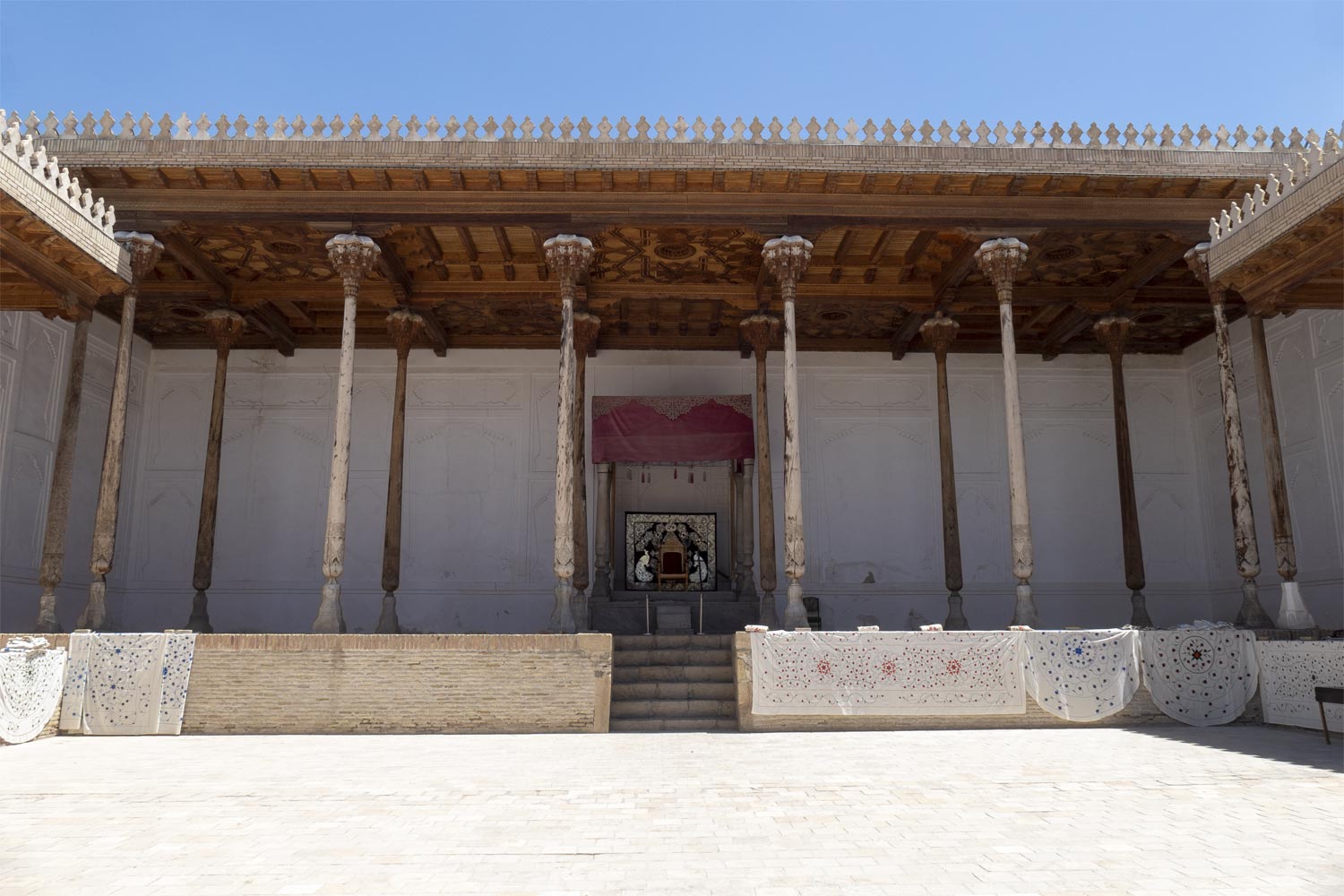
And there’s also an entrance fee. No, it’s better to just stroll around Bukhara.


